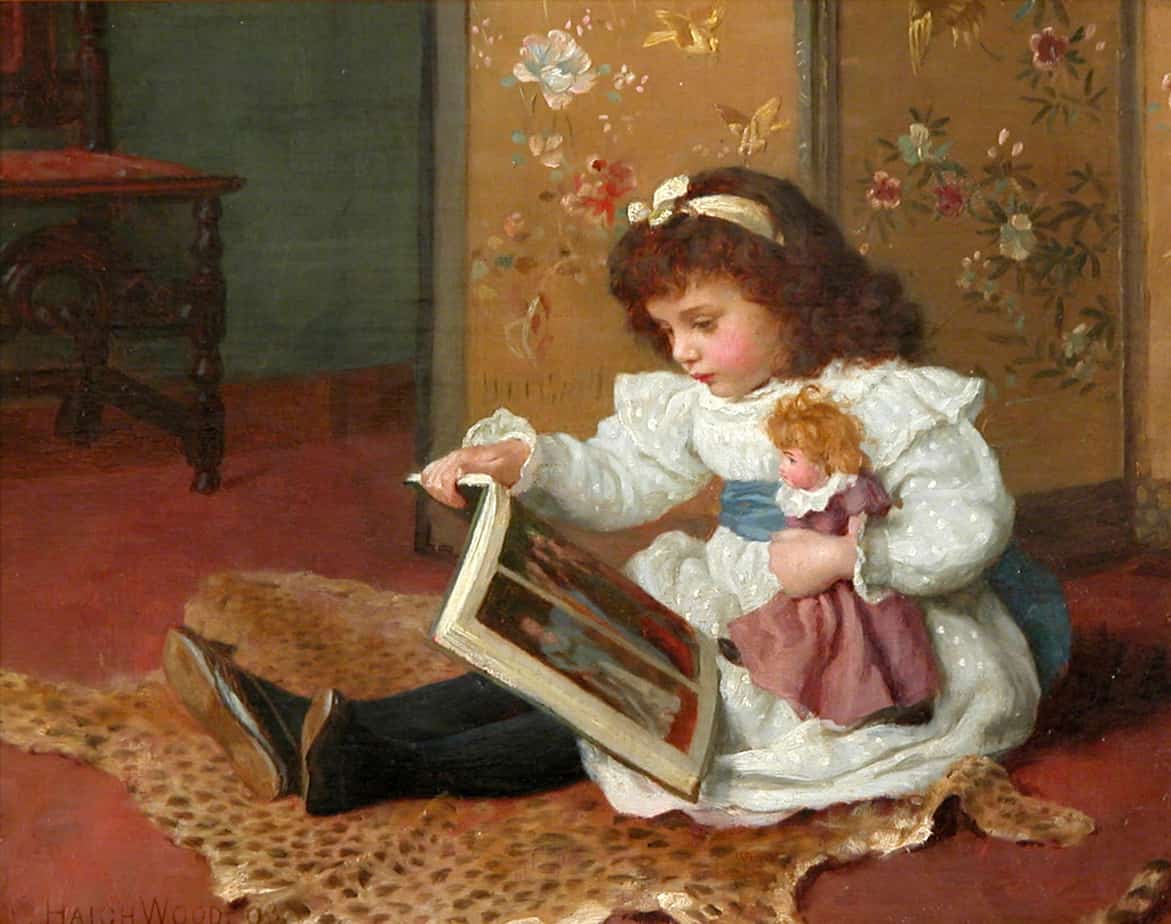Dolls serve as comfort; they also creep us out. Which is it gonna be? And how do storytellers utilise their multivalent presence in our lives?
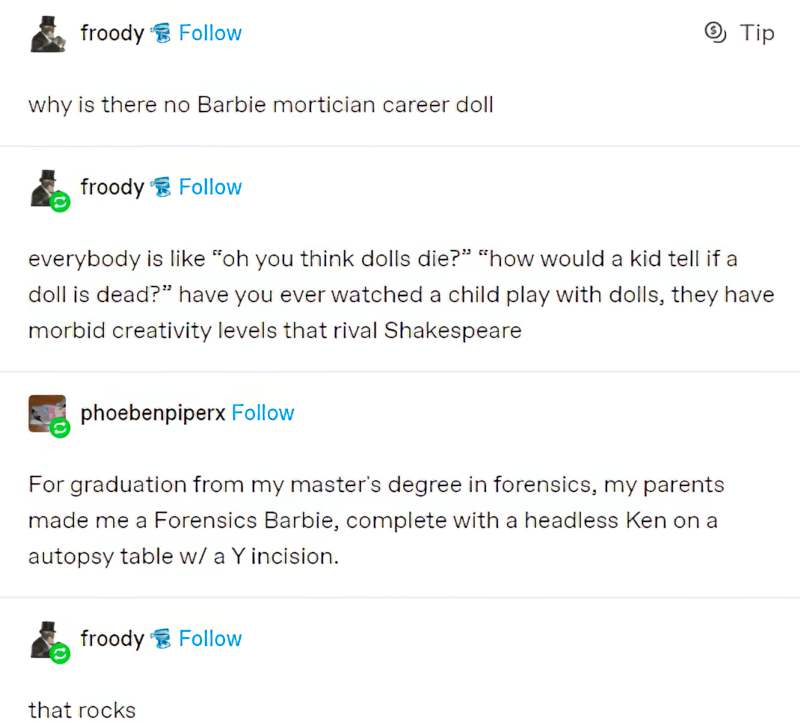
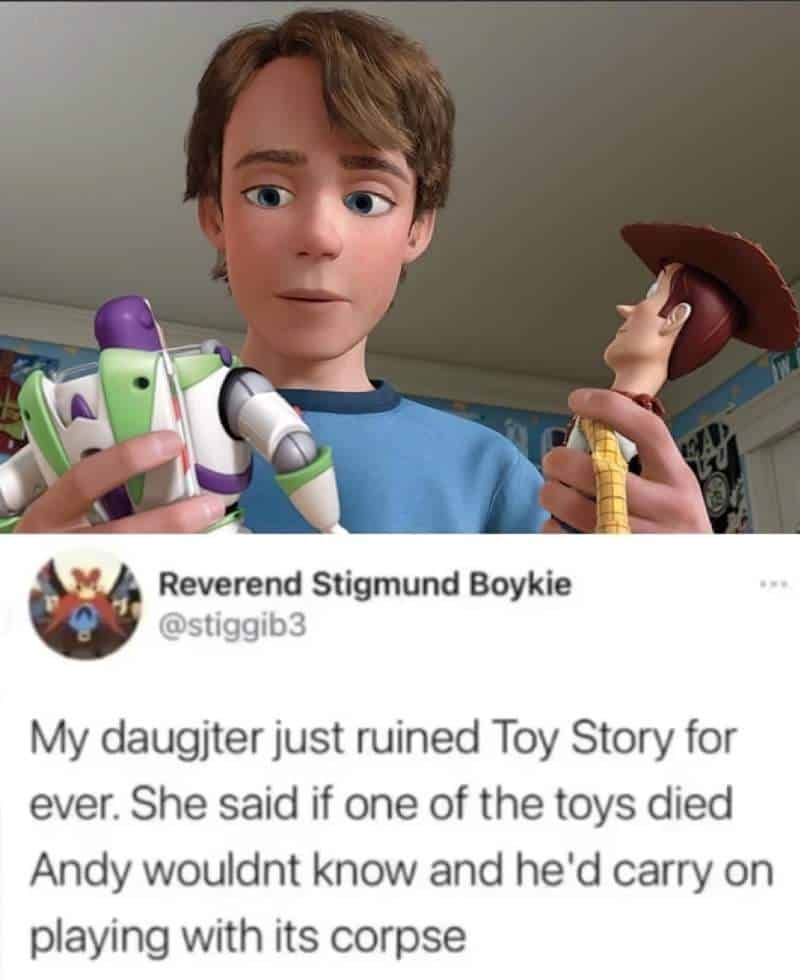
Outside the West, dolls are sometimes a part of supernatural/religious belief. Perhaps the most memorable and oft-utilised by storytellers is the Haitian vodou usage, which has been heavily simplified for Western audiences. Likewise, the concept of the ‘gwumu’ in Papua New Guinea is complex, and ‘doll’ is a substandard translation:
People describe gwumu as an agency hiding inside the body of another: it may be referred to as a “doll” for example, and an additional idiom I recorded referred to these familiars as “little sisters”. Though gwumu are held to be concealed in the interior of persons, they may nevertheless sometimes be seen as apparitions, especially when they have left the body of a person to hunt.
Becoming Witches
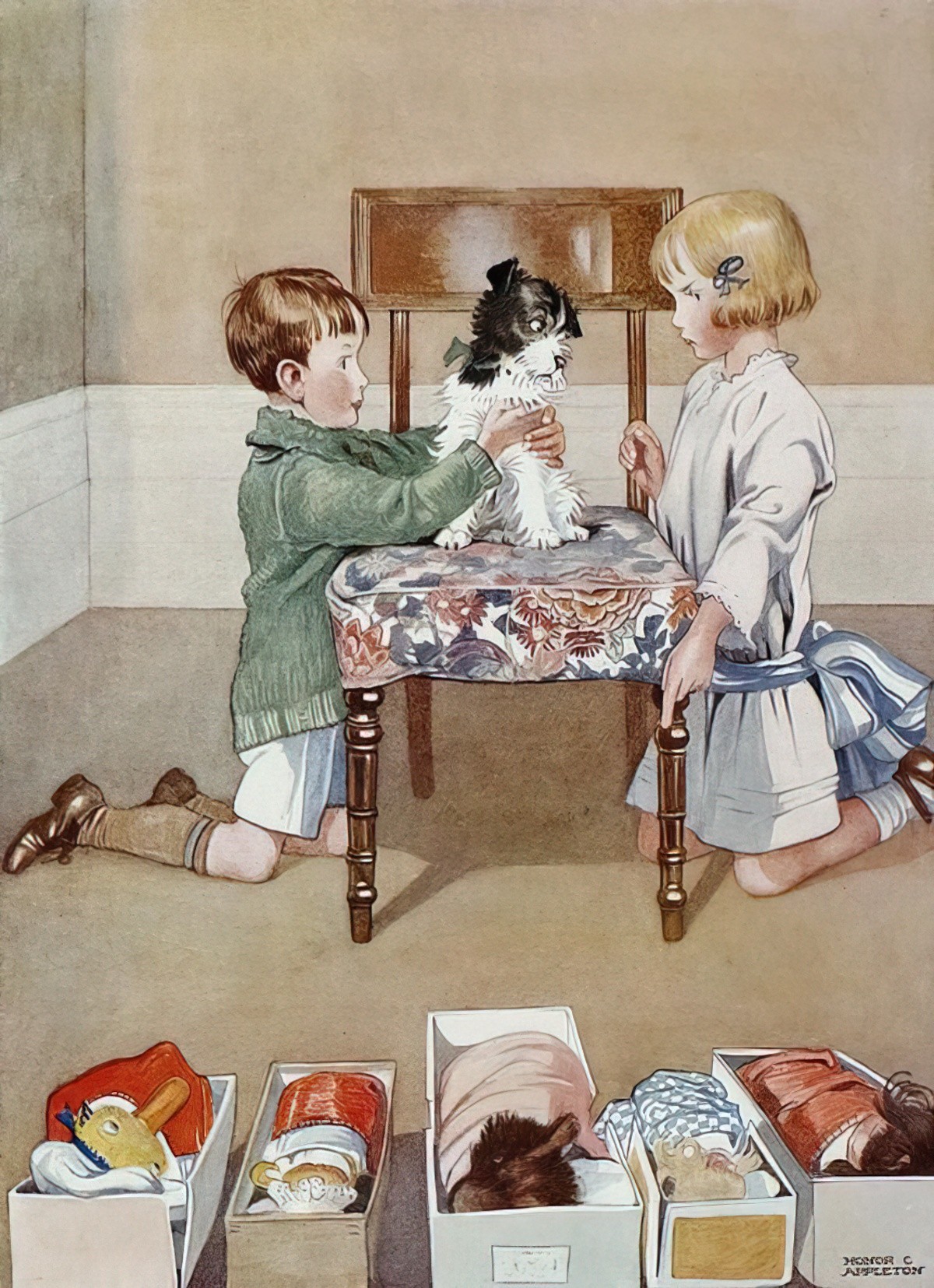
Westerners are historically no less suspicious of dolls and doll-like concepts. The following is from a well-known 1958 dictionary of symbols, written by Juan Eduardo Cirlot, and offers interesting insight into mid 20th century thoughts on human psychology:
The doll, as a symbol, appears more often in psychopathology than in the main stream of traditional symbolism. It is well known that in a number of mental disease the patient makes a doll which he keeps carefully hidden. According to J.-J. Rousseau the personality of the sick person is projected into the toy. In other cases it has been interpreted as a form of erotomania or deviation of the maternal instinct: in short, a hangover from, or regression to an infantile state. Recently, in so-called ‘Pop-art’, dolls have been included in ‘informal’ pictorial images. In Spain Modesto Cuix art has produced the most dramatic and profound work of this kind, the obvious symbolism of which is related to the ‘putti’ of Renaissance art, but, by a reversal of meaning, these dolls are made to appear maimed and soiled as if they were the corpses of children annihilated by bombs and other forces of destruction.
Cirlot, A Dictionary of Symbols
Go a little further back in history and you’ll find news stories such as Hellish Nell and her Dolls.
In 1926 [Hellish Nell] developed from clairvoyant to physical medium by offering séances in which she claimed to be able to permit the spirits of recently deceased persons to materialise, by emitting ectoplasm from her mouth.
In 1928 the photographer Harvey Metcalfe attended a series of séances at the house of Duncan. During a séance he took various flash photographs of Duncan and her alleged “materialization” spirits including her spirit guide “Peggy”.[6] The photographs that were taken reveal the spirits to be fraudulently produced, such as a doll made from a painted papier-mâché mask draped in an old sheet.
Wikipedia entry for Helen Duncan, Hellish Nell’s real name
We give our kids dolls, and the way kids play with them — practising their language and social skills — can feel at times like the doll itself is alive, even to an adult observer (even when we know that’s not the case). This is the uncanny valley of dolls:
Also:
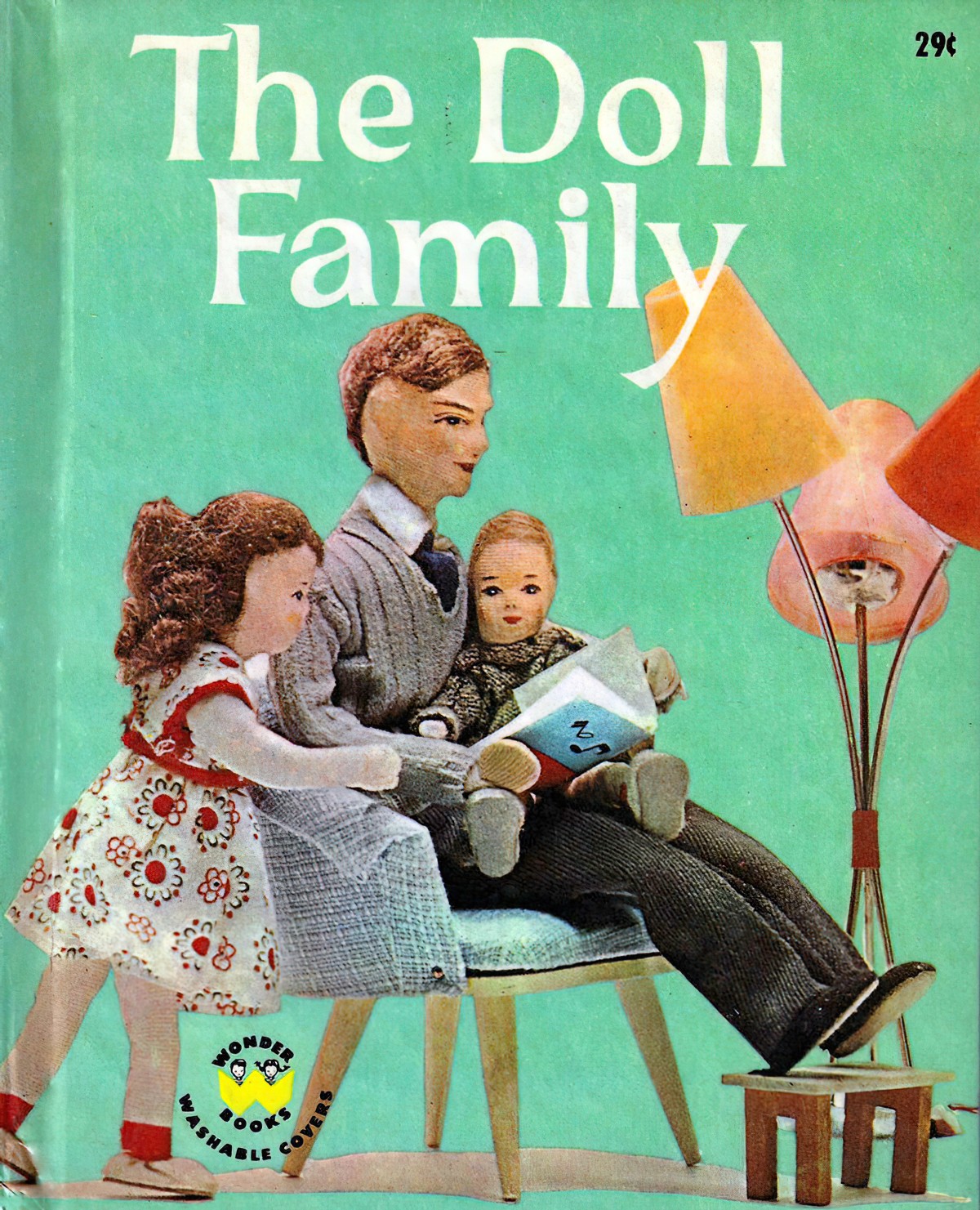
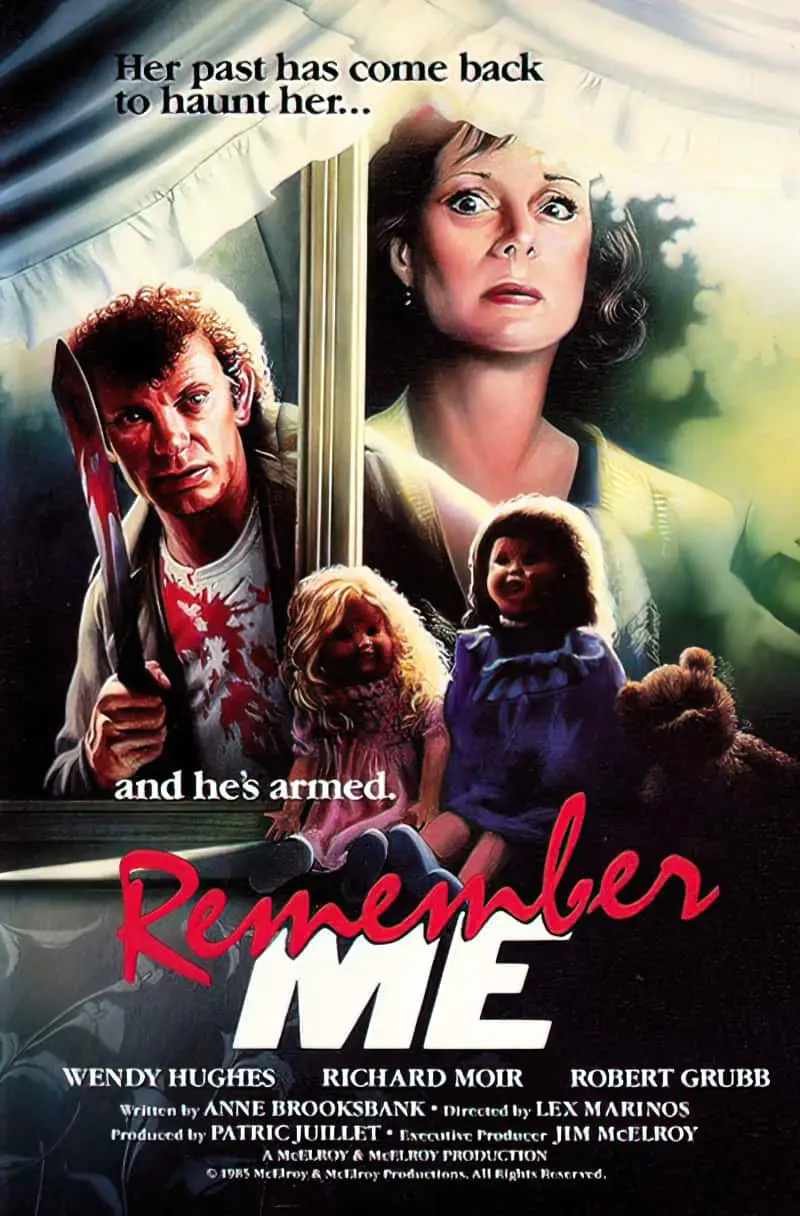
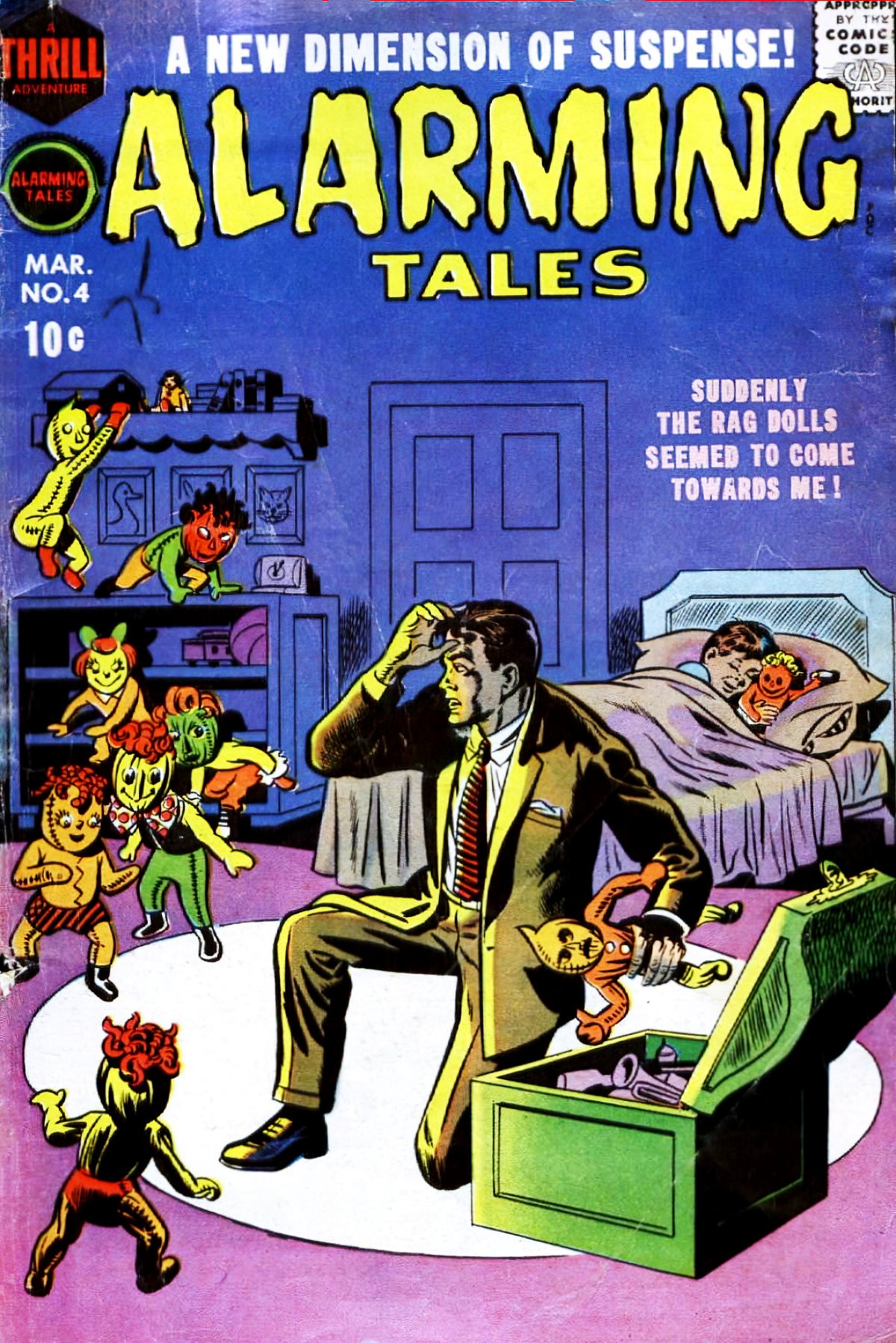
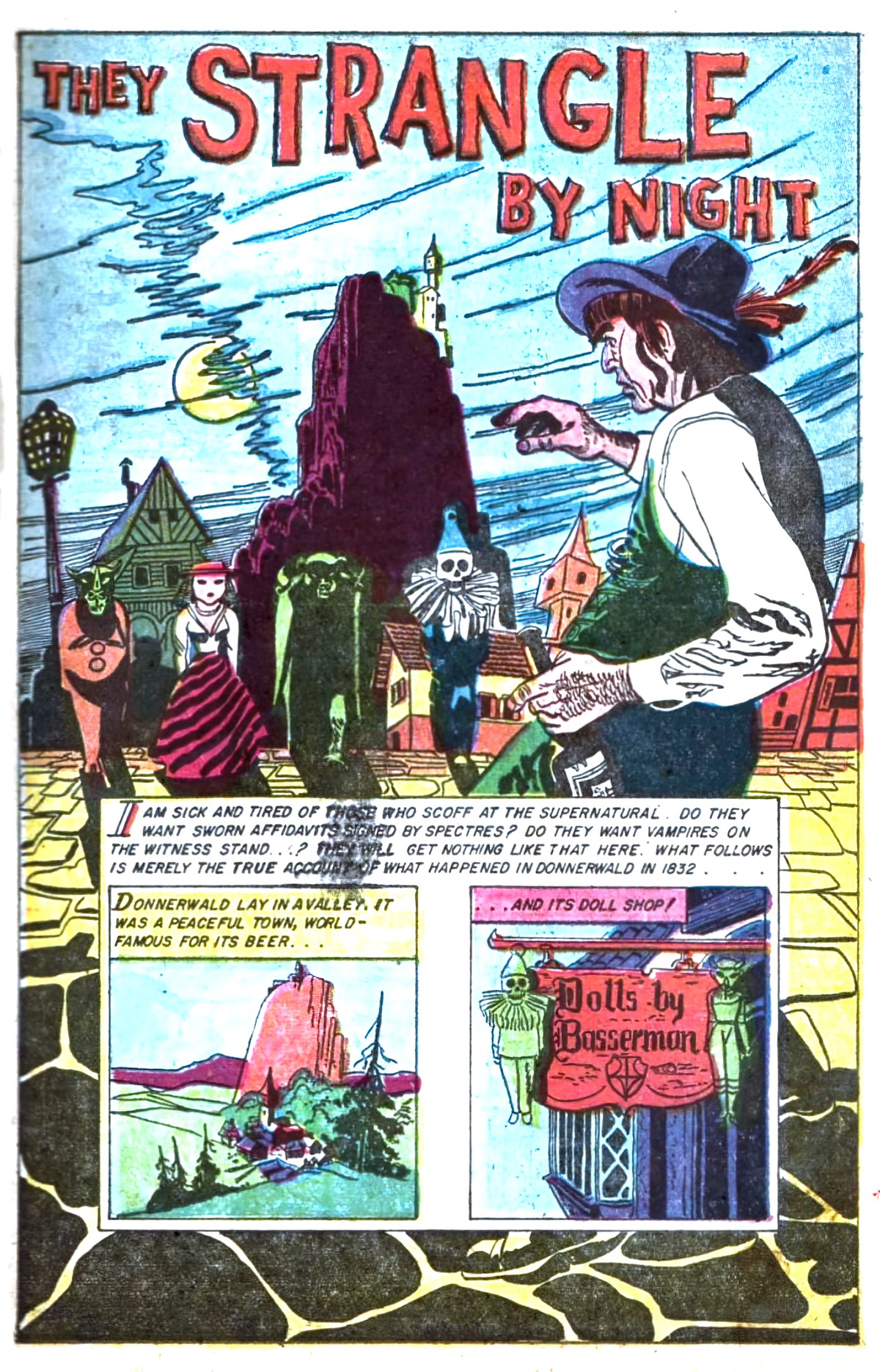

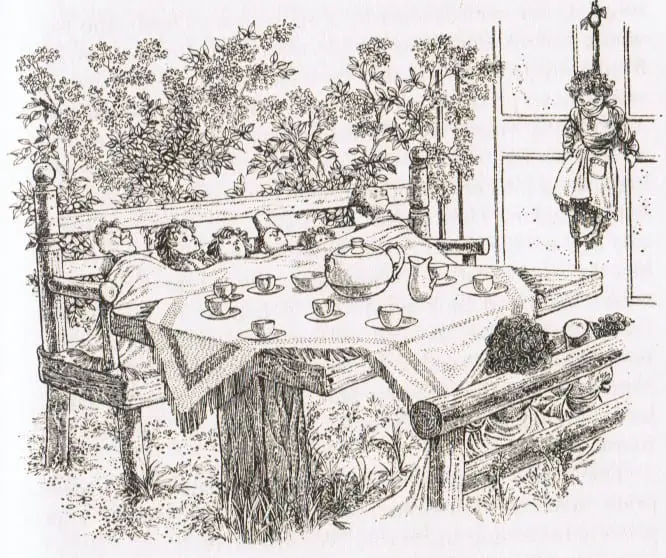
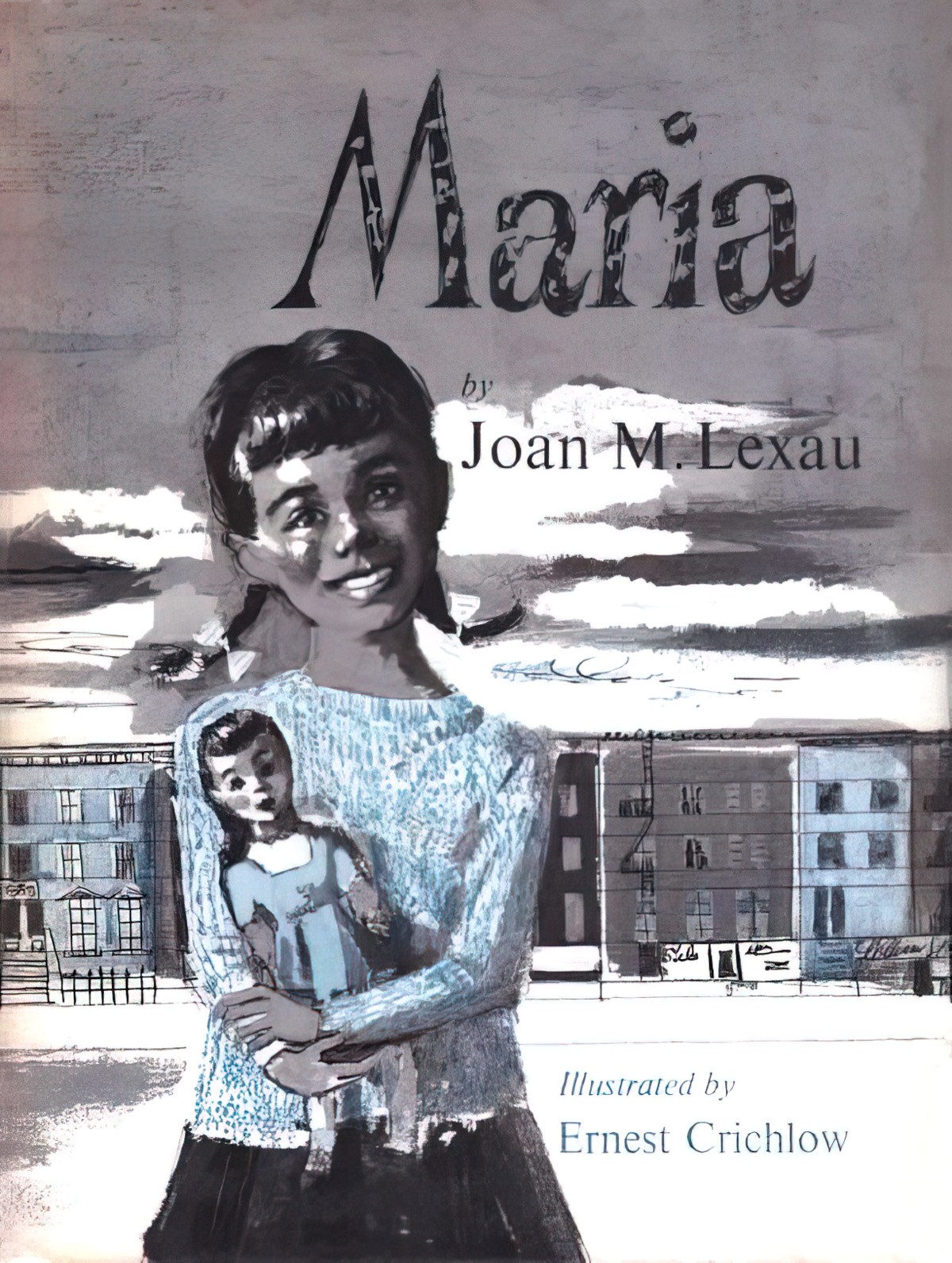
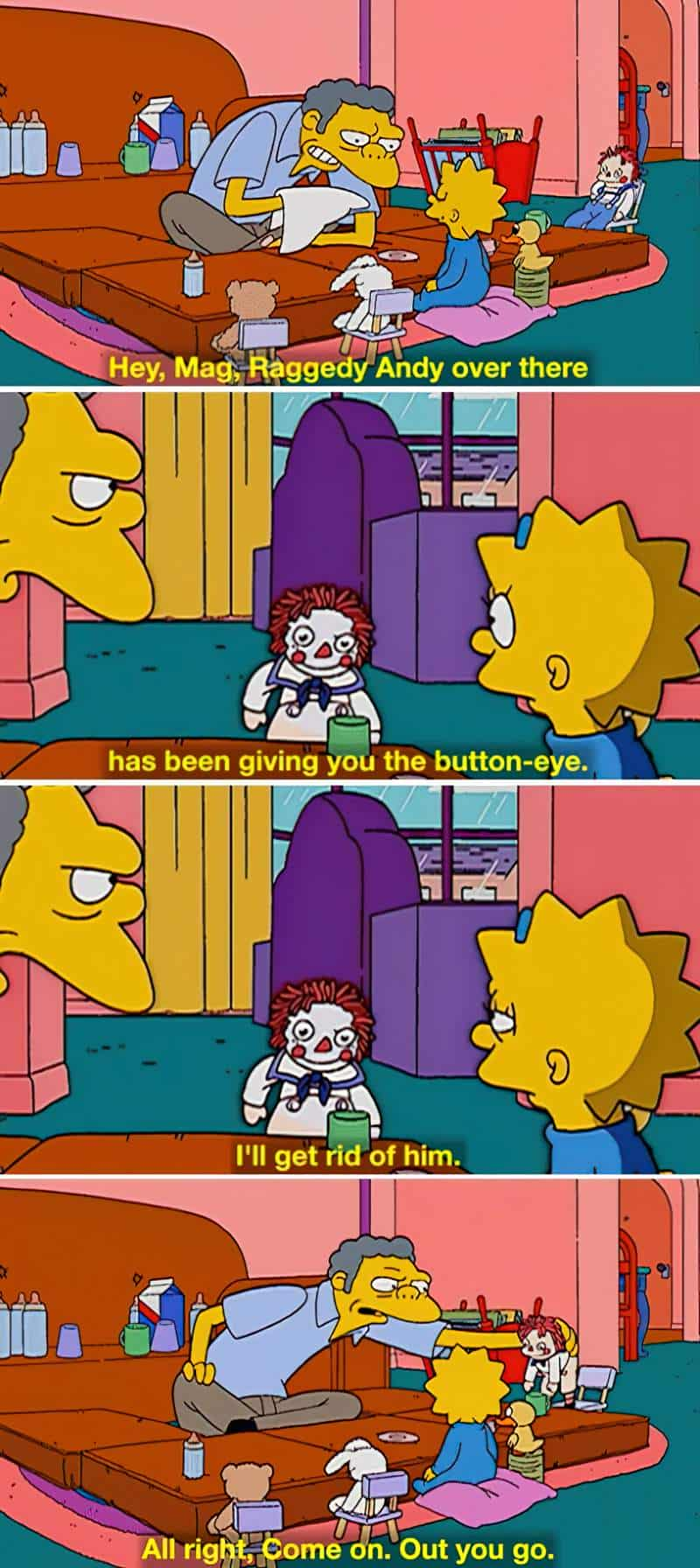
THE VARIOUS FUNCTIONS OF DOLLS IN STORYTELLING
Origin Stories In Children’s Literature
Dolls are useful in ‘where-did-I-come-from’ stories. Unlike human babies, the origin story of a doll baby is easier to deal with. A large number of toy stories for children begin with toys who seem unwanted, either lost, discarded, or in a shop — the proxy orphanage (e.g. The Mouse and his Child by Russell Hoban). These stories are inevitably about friendship, and friendship stories must start from a place of loneliness.
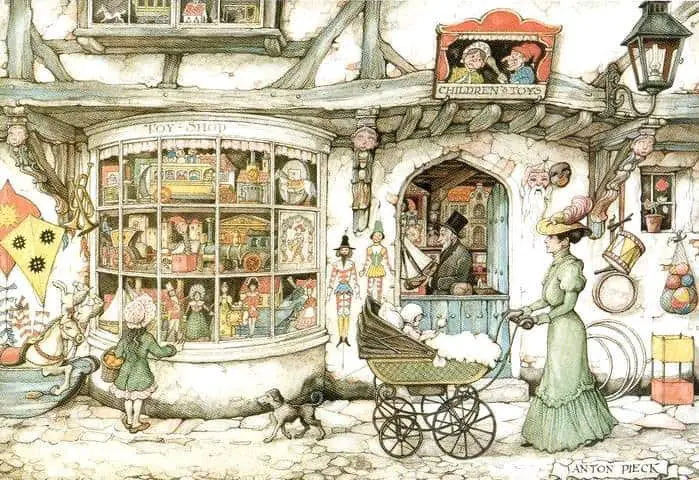
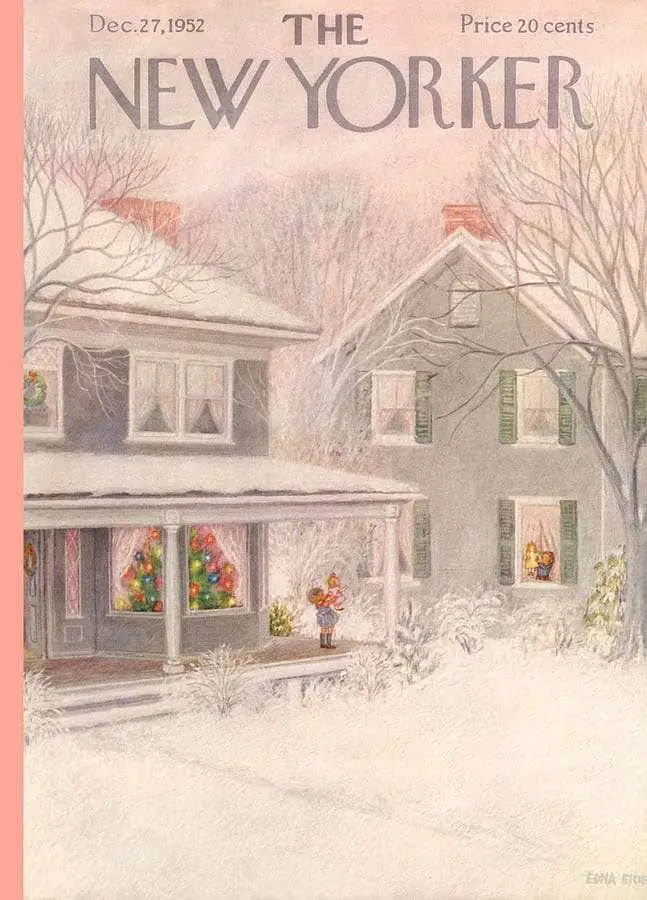
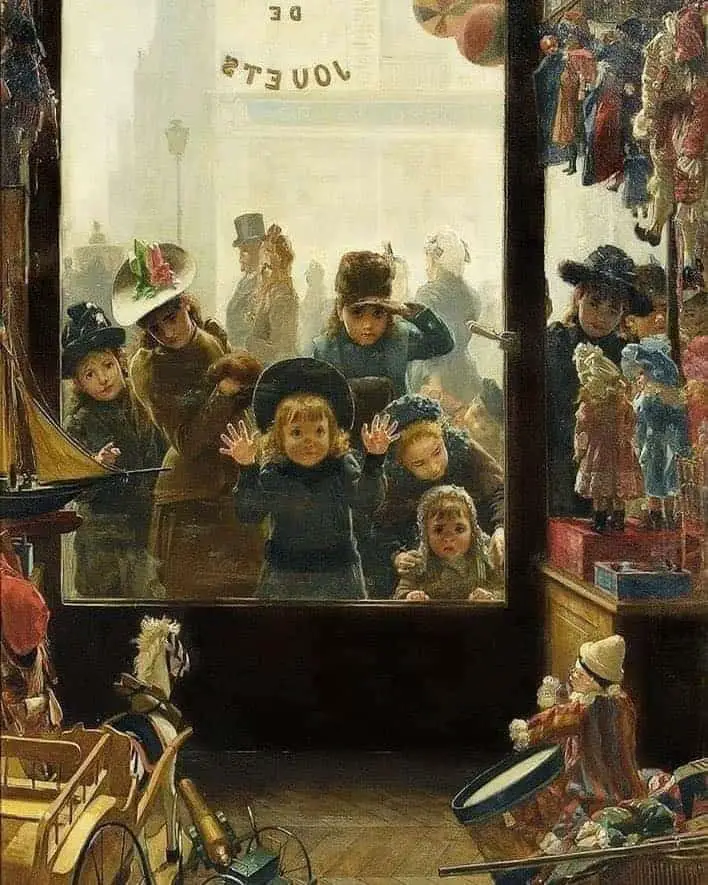
DOLLS AS SYMBOL OF FEMININITY
The link between dolls and girls is historical and strong. In 20th century storytelling and illustration it’s rare to find a boy playing with a doll. Dolls are used to let young girls practice the emotional labour they’ll eventually be expending upon their families for real. Dolls teach girls to share, to make cups of tea, to nurse, to heal and most of all, to mother.
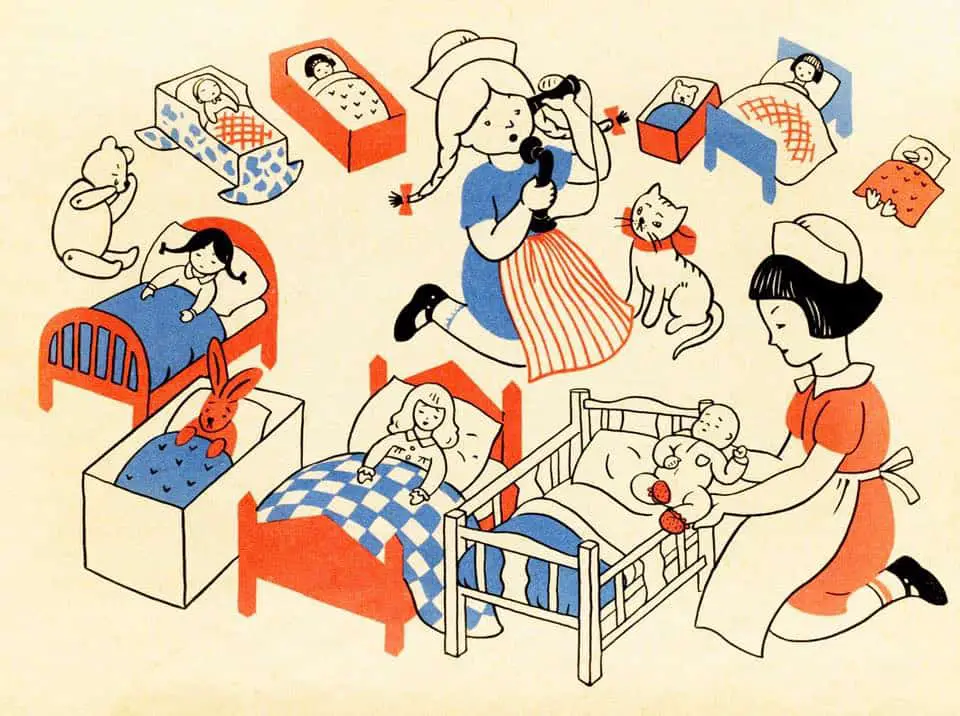
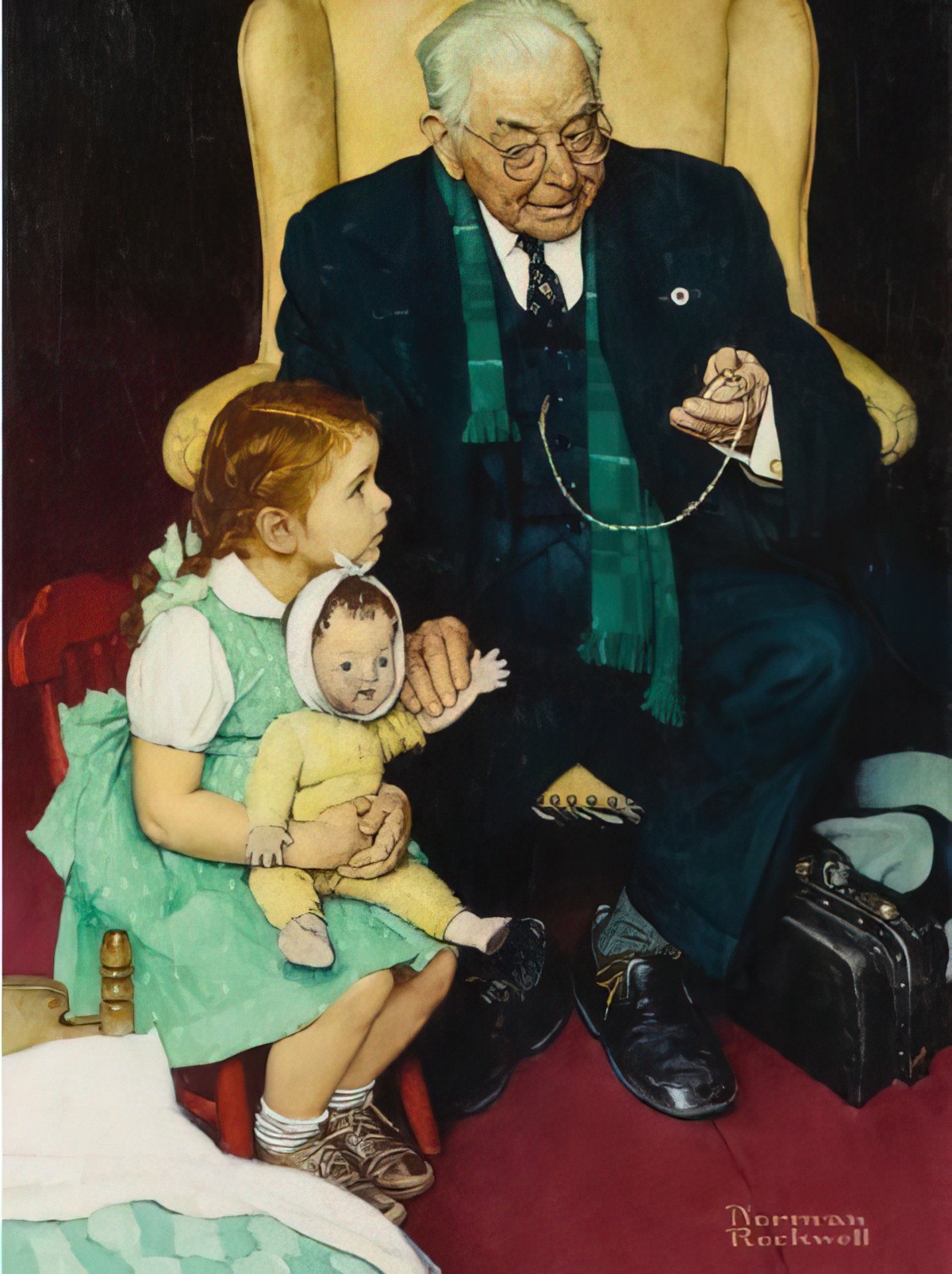
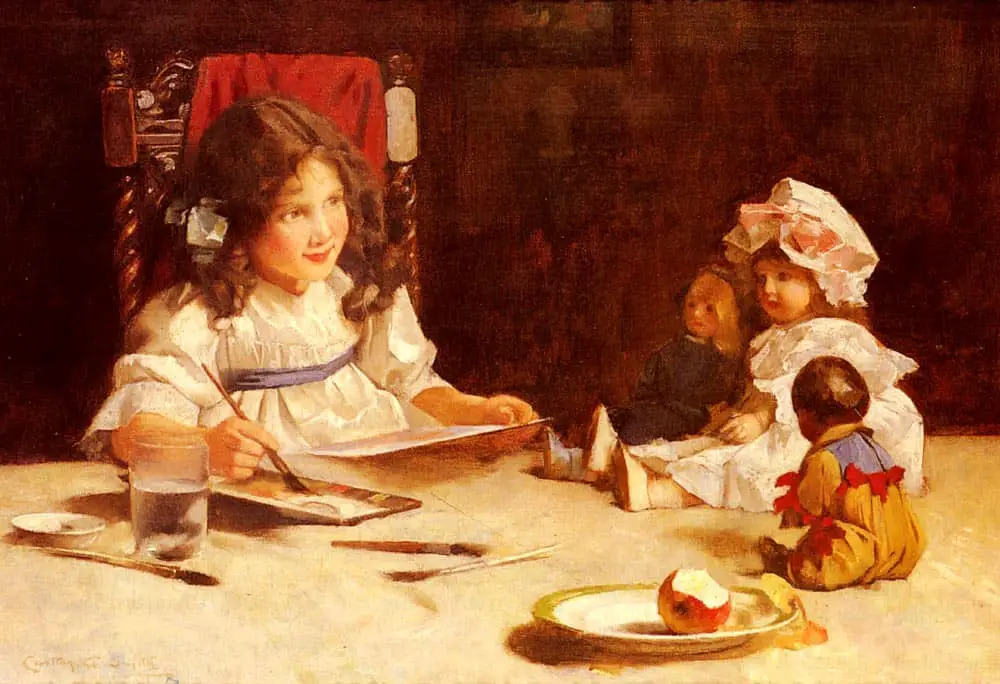
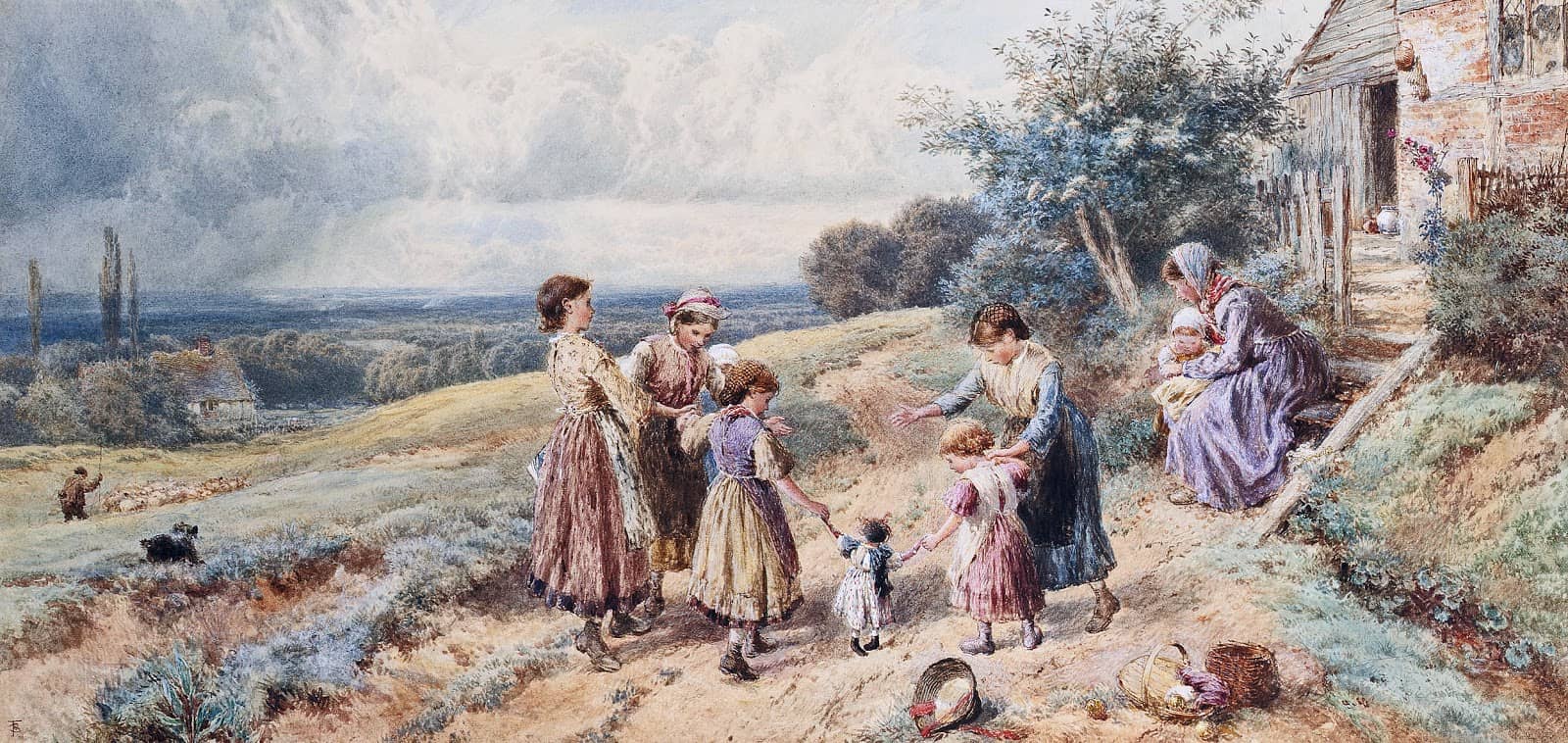
A doll doesn’t necessarily bind girl characters to the house in domestic stories; it sometimes means girls are out on adventures, but with dolls.
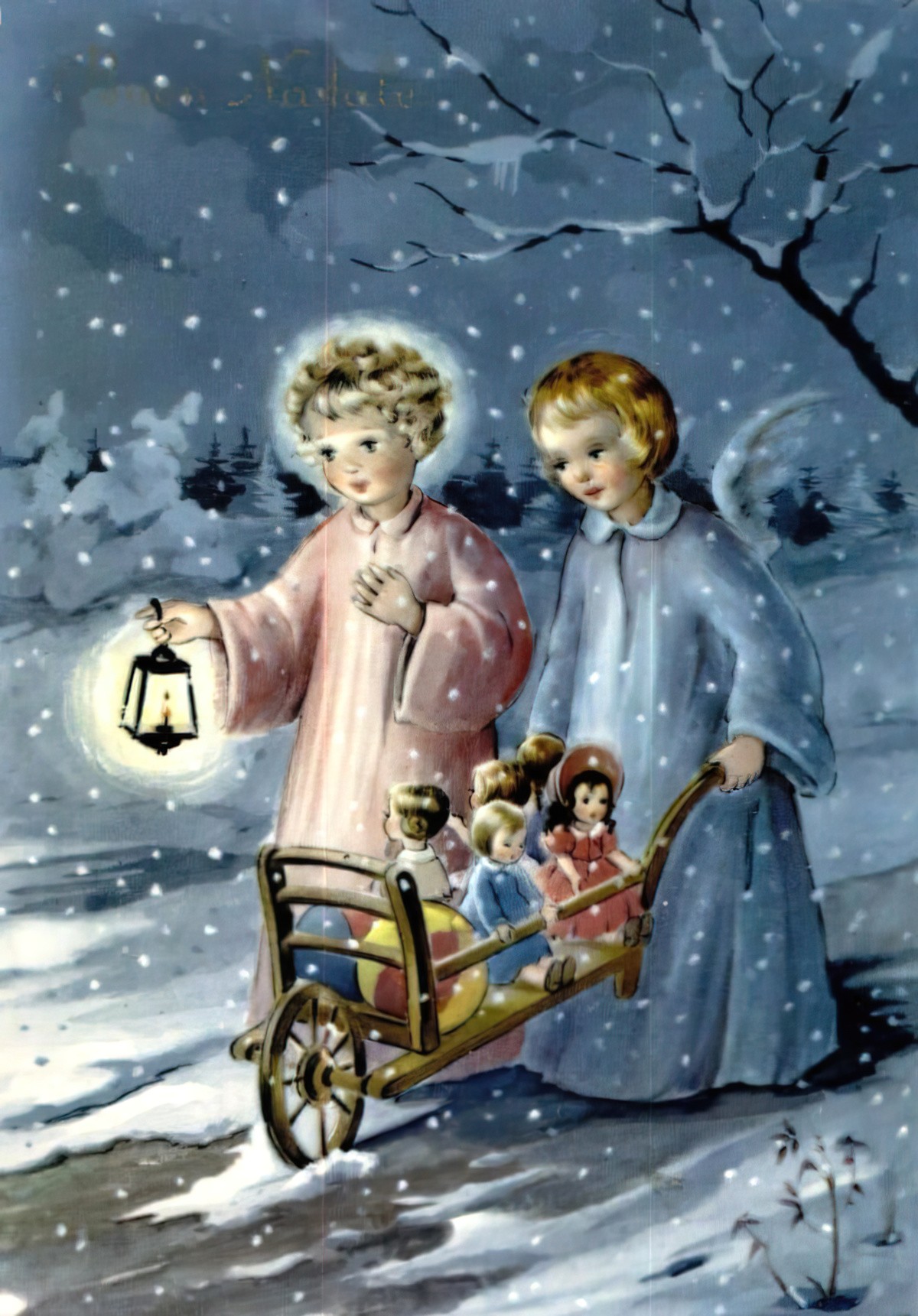
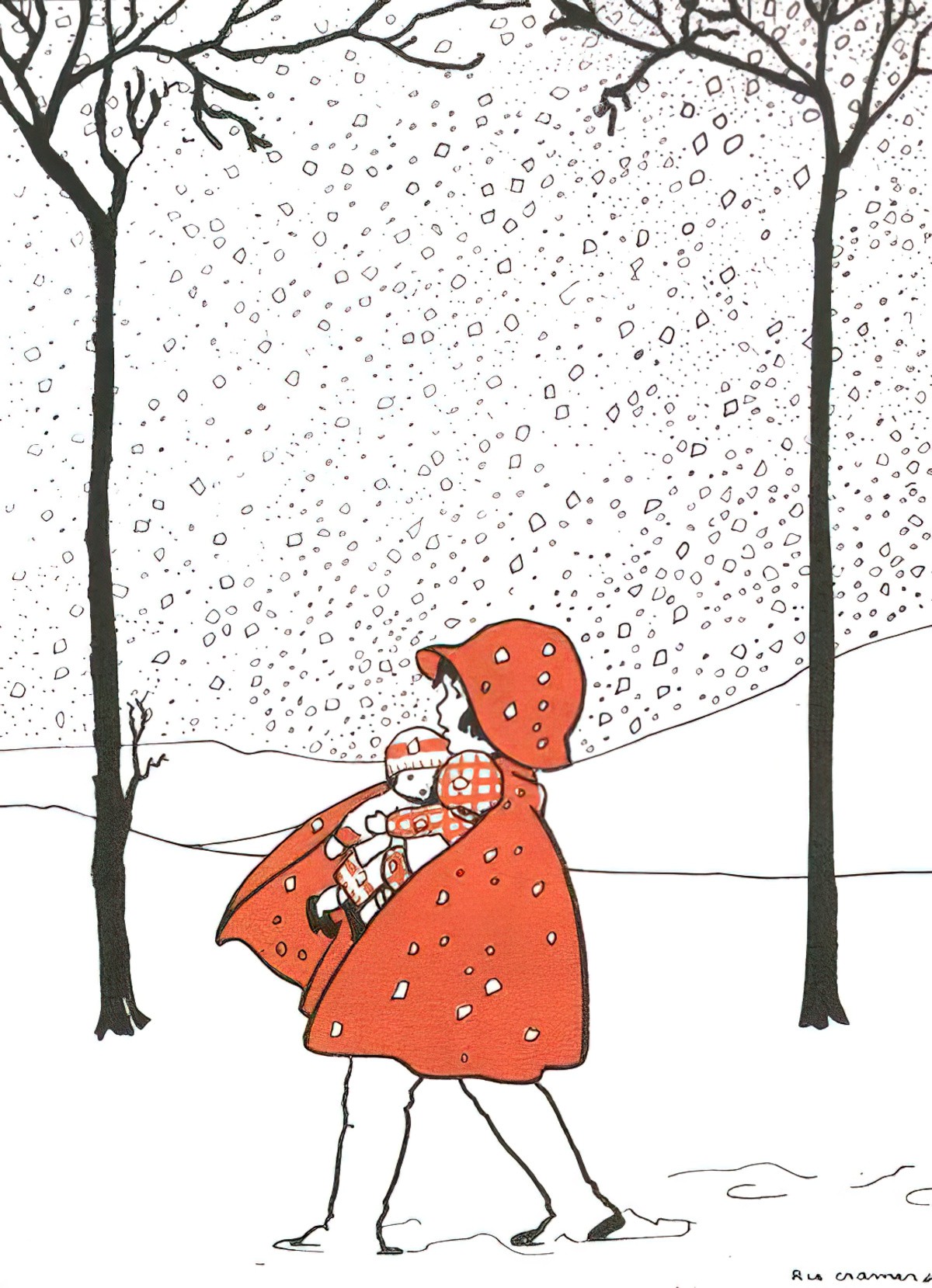
Contemporary storytellers are likely to give dolls to boy characters in order to critique the message that boys can’t play with girl toys.
Doll Bones by Holly Black is a 2013 middle grade horror novel by Holly Black, and won the Newbery Honor and Mythopoeic Fantasy Award for Children’s Literature, among other things.
Zachary (Zach) Barlow is described as a boy who is tall for his age and good at sports, but who jettisons his admission into privileged masculinity by continuing to play with ‘dolls’. Over the course of the story his challenge will be to break free from external expectations for how he should be and learn to embrace what he loves and who he really is.
In chapter two, Zach’s macho father throws out all Zach’s toys, and with the toys go Zach’s social life, imaginary life and feelings for his father. The father thinks he is doing his son a favour. By throwing out his son’s toys he will turn him into a real man. In middle grade fiction the parents are quite often well-meaning but completely off-base, standing in the way of their children being who they really are.
DOLL AS EVIDENCE OF OFF-KILTER PSYCHOLOGY
Doll Bones also utilises mid 20th century psychology: The character of Alice Magnaye uses her doll as an idealised alter ego.
Psychoanalyst Sigmund Freud documented a case study of a woman who believed her dolls would awaken and come to life with a certain gaze. Freud then considered larger ideas of dolls coming alive as a delight to some children rather than inciting fear.
DISCARDED DOLL AS END OF GIRLHOOD
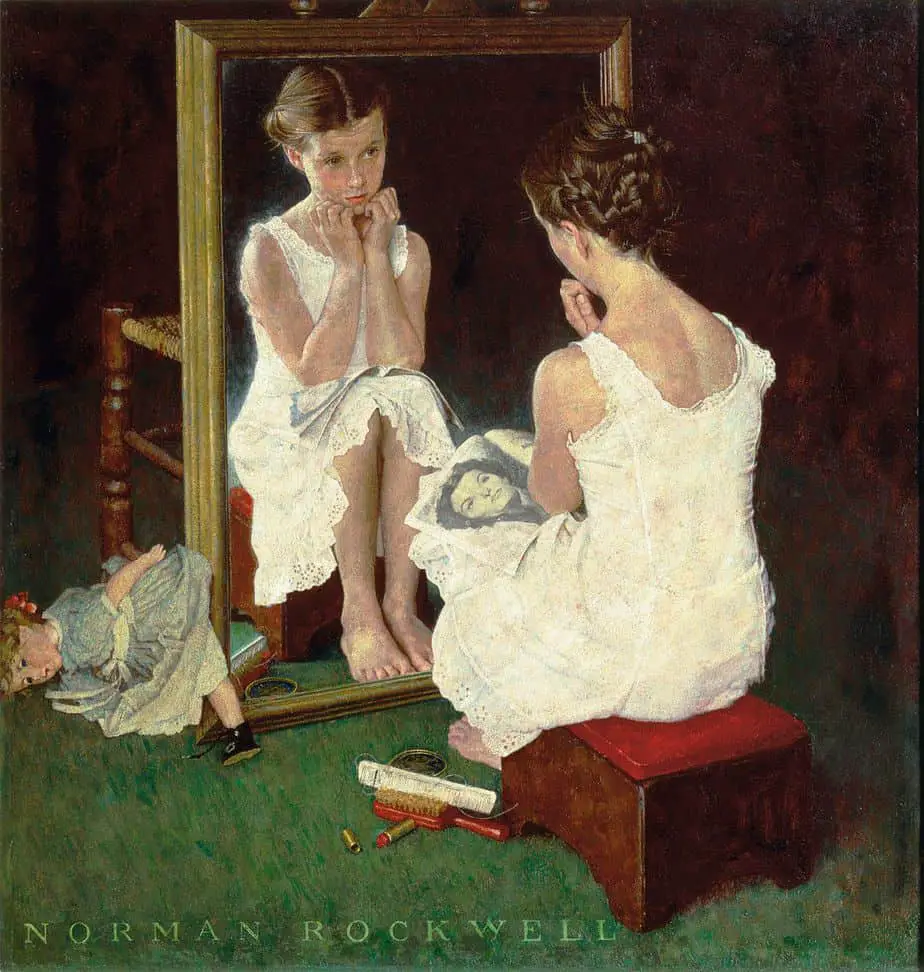
At eleven, we still played with dolls. Some were missing limbs; others had lost lashes and hair; all had patches of skin scraped and dulled by the years of dressing and undressing, incessant bathing. We owned no male dolls but a set of tin soldiers I begged my mother to buy. The soldiers were disproportionally small, which made perfect sense to us because most of the boys in our class were shorter than the girls. We protected the soldiers fiercely, and not because they were fewer in number and cost more, but because they seemed so delicate to us and somehow helpless, in need of nurturing and reassurance. We handled the soldiers with care and stowed them in their box every evening.
Sometimes we pretended that the soldiers had just returned from the war to their wives and girlfriends. Then we would strip them naked and lay their stiff cold bodies on top of the pink plastic ones and rub the figures together as hard as we could.
“Do you think she’s pregnant by now?” Milka would ask.
“Maybe. How long does it usually take?”
“Don’t know. Let’s rub some more,” she’d say, and slide her doll back and forth under my soldier.
from The Orchard by Kristina Gorcheva-Newberry, 2023
THE HORROR DOLL
There is something inherently horrifying about children looking after even smaller children (because they can’t).
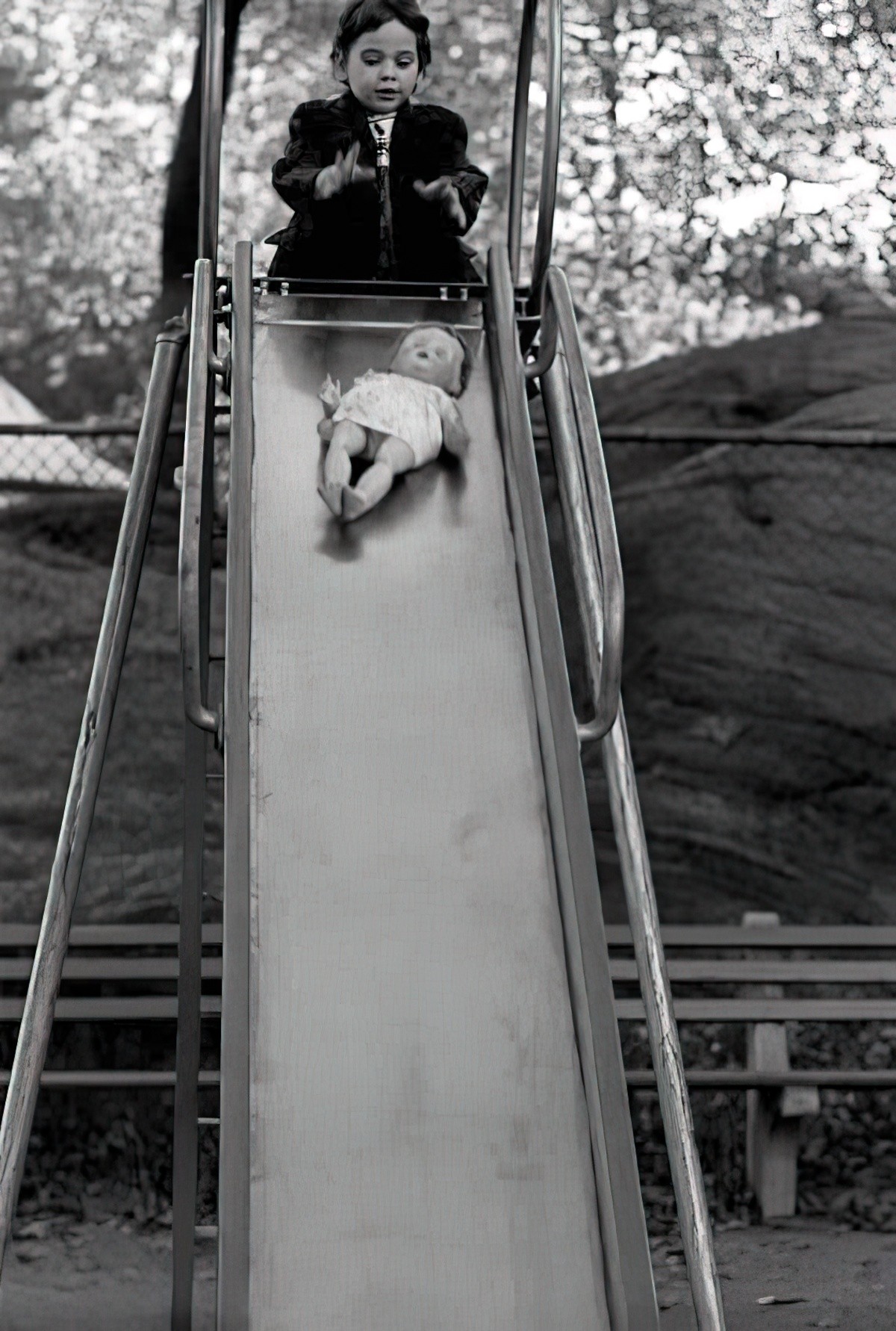
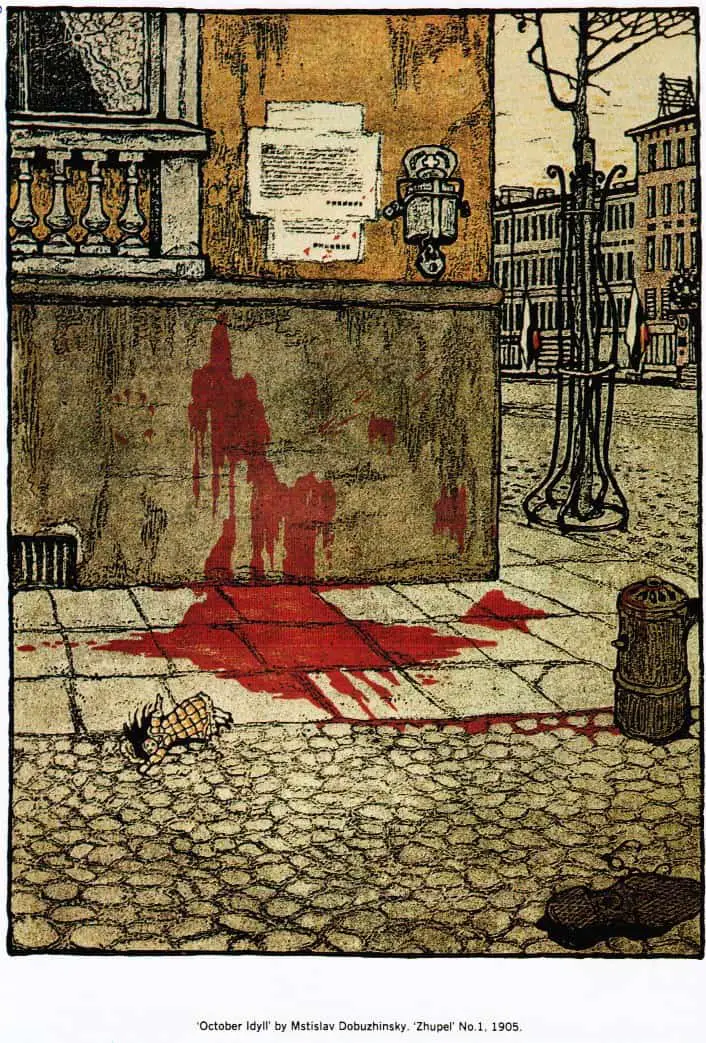
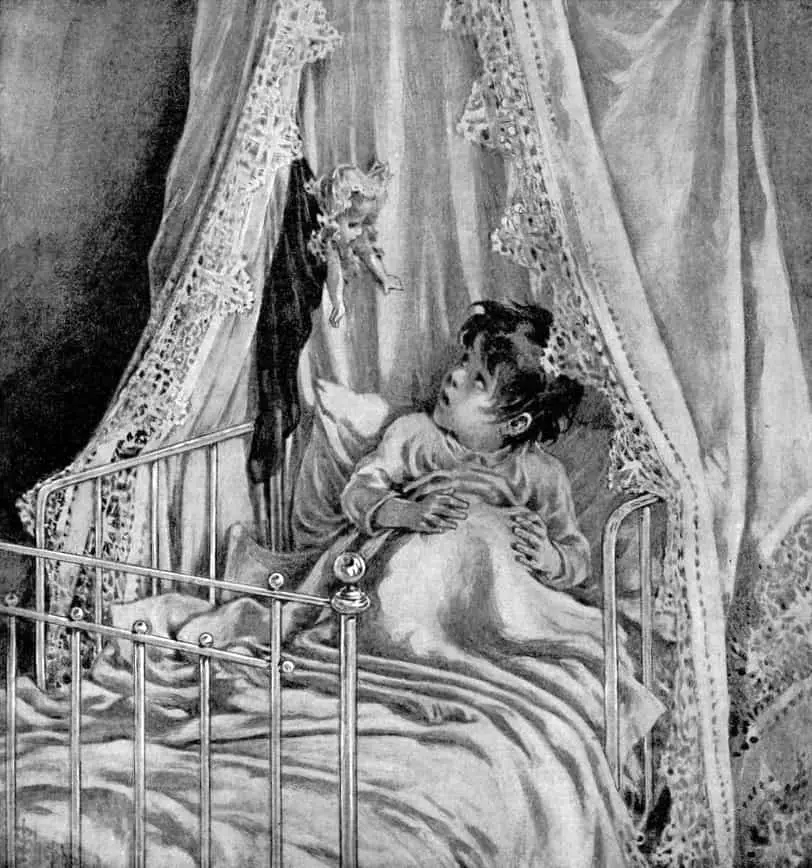
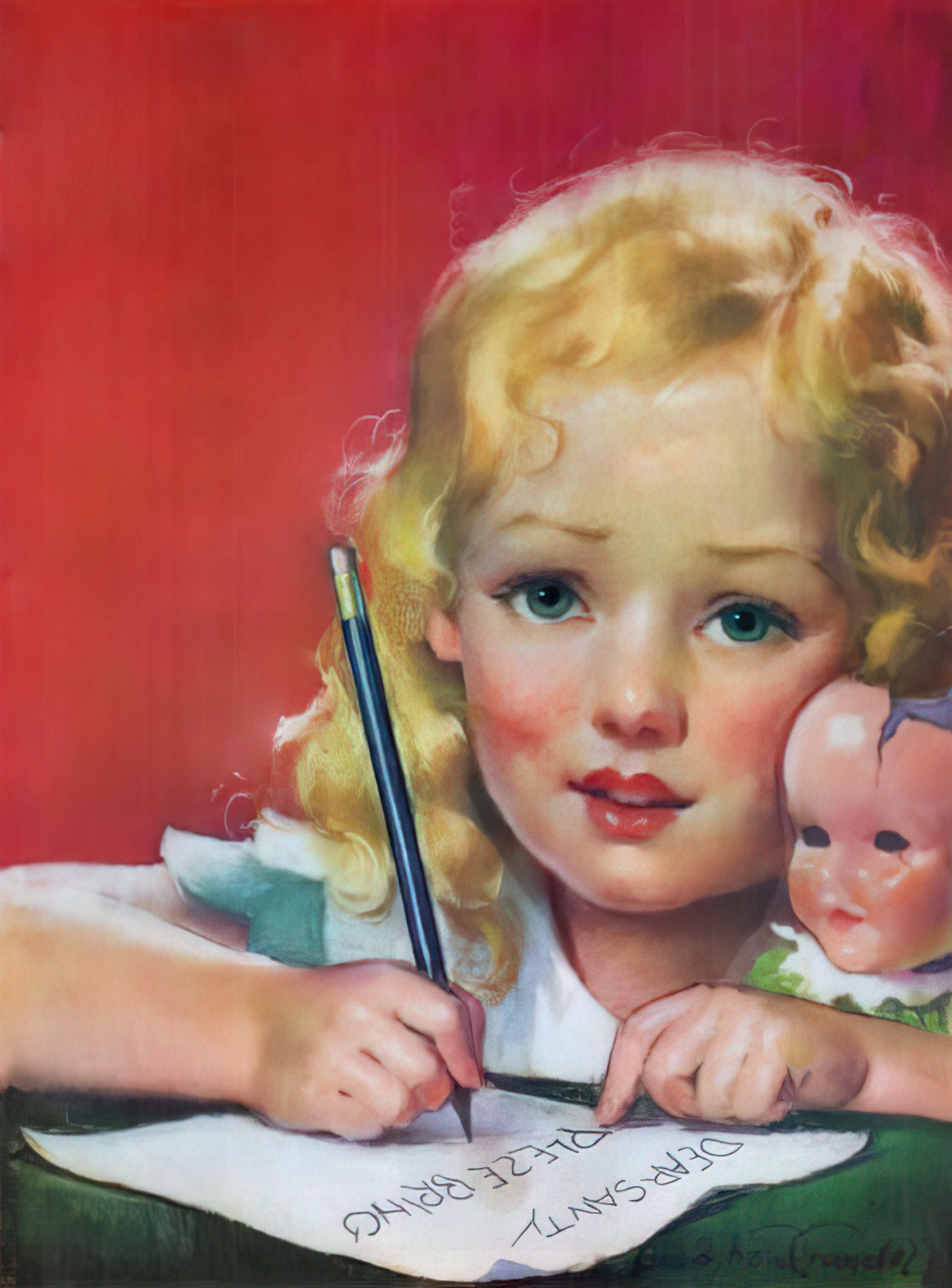

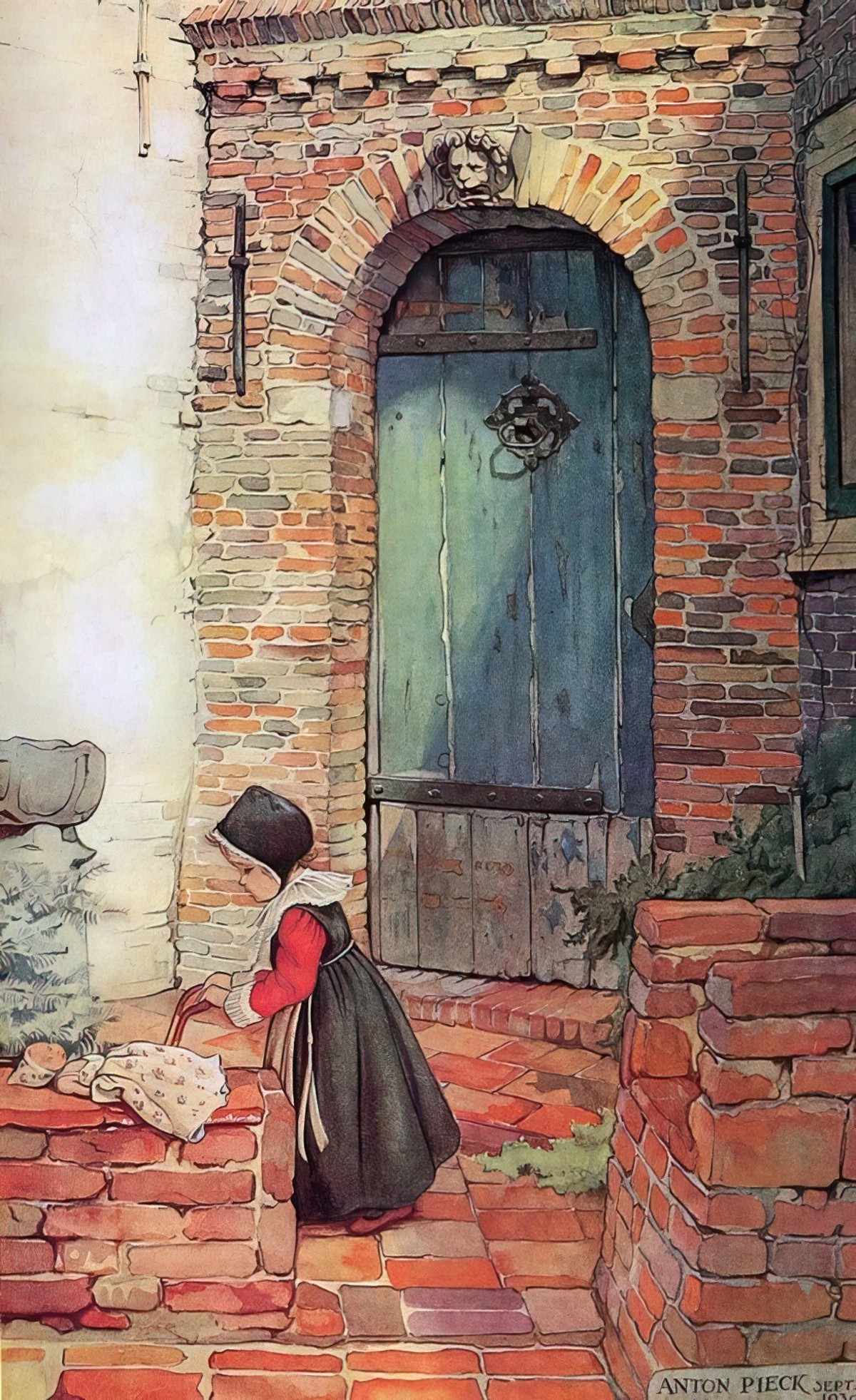
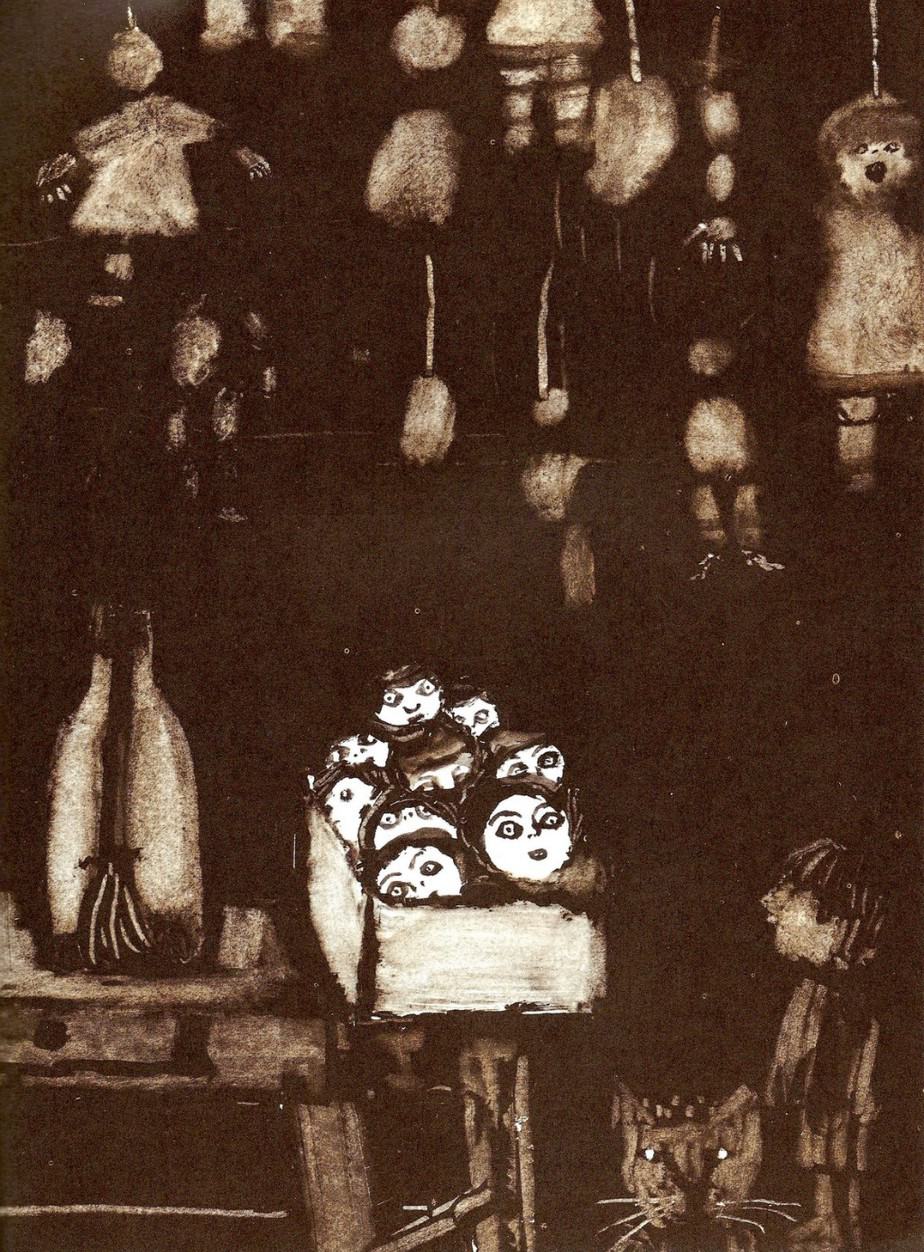
The Conjuring/Annabelle movies are popular contemporary Catholic horror films. An inhuman spirit attaches itself to a doll. So let’s get the doll exorcised. Simples. Except the storytellers have covered that one. The doll isn’t possessed as such, because demons don’t possess things, only people. Instead, this demon clings to the doll, manipulating it, in order to give the impression of a haunting. The target is really Donna’s soul.
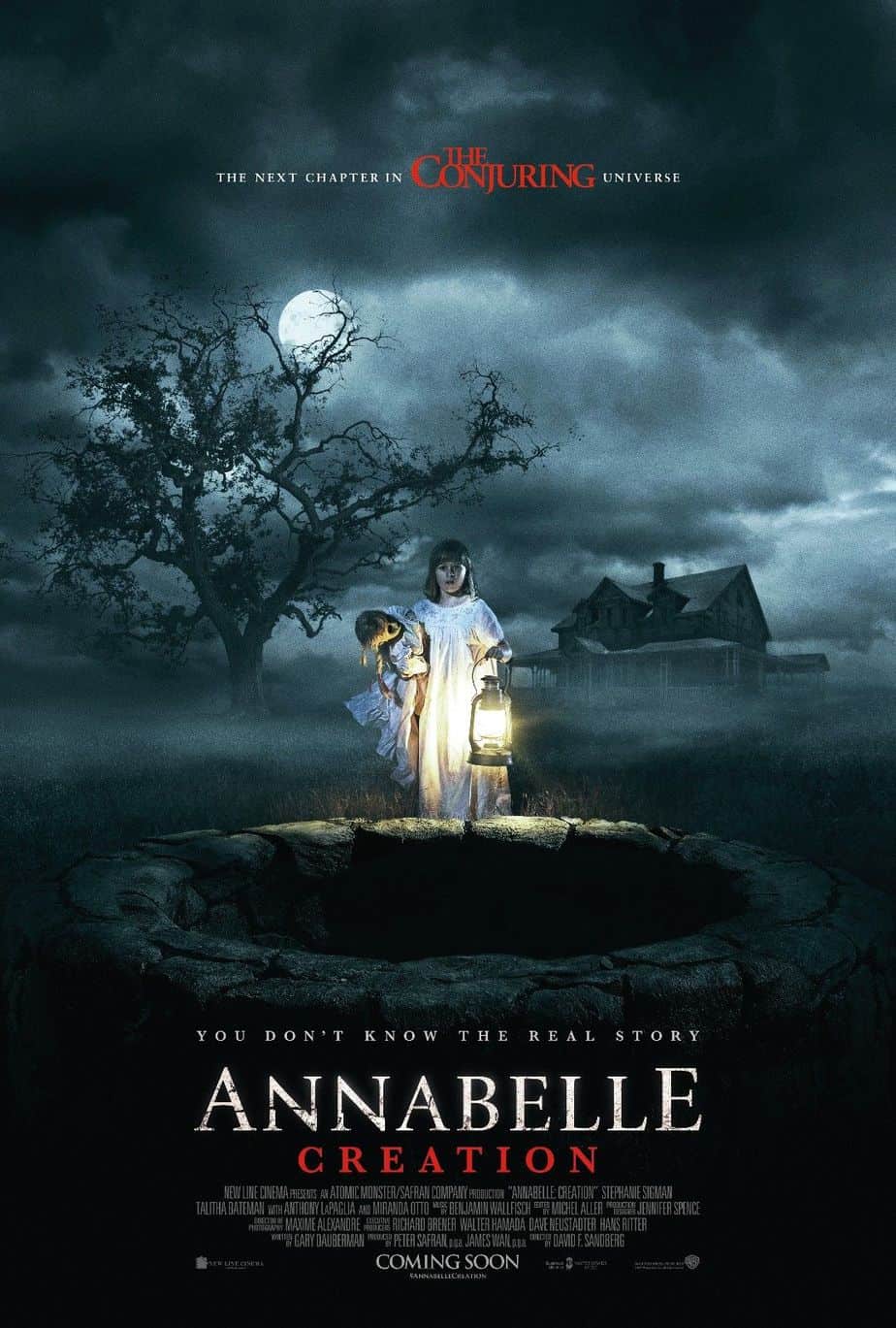
It’s interesting that this trope is still so hugely popular, especially after the spoofy Child’s Play movies which began in the 1980s and are still going strong.
DOLLS TO MINIATURISE A STORY WORLD
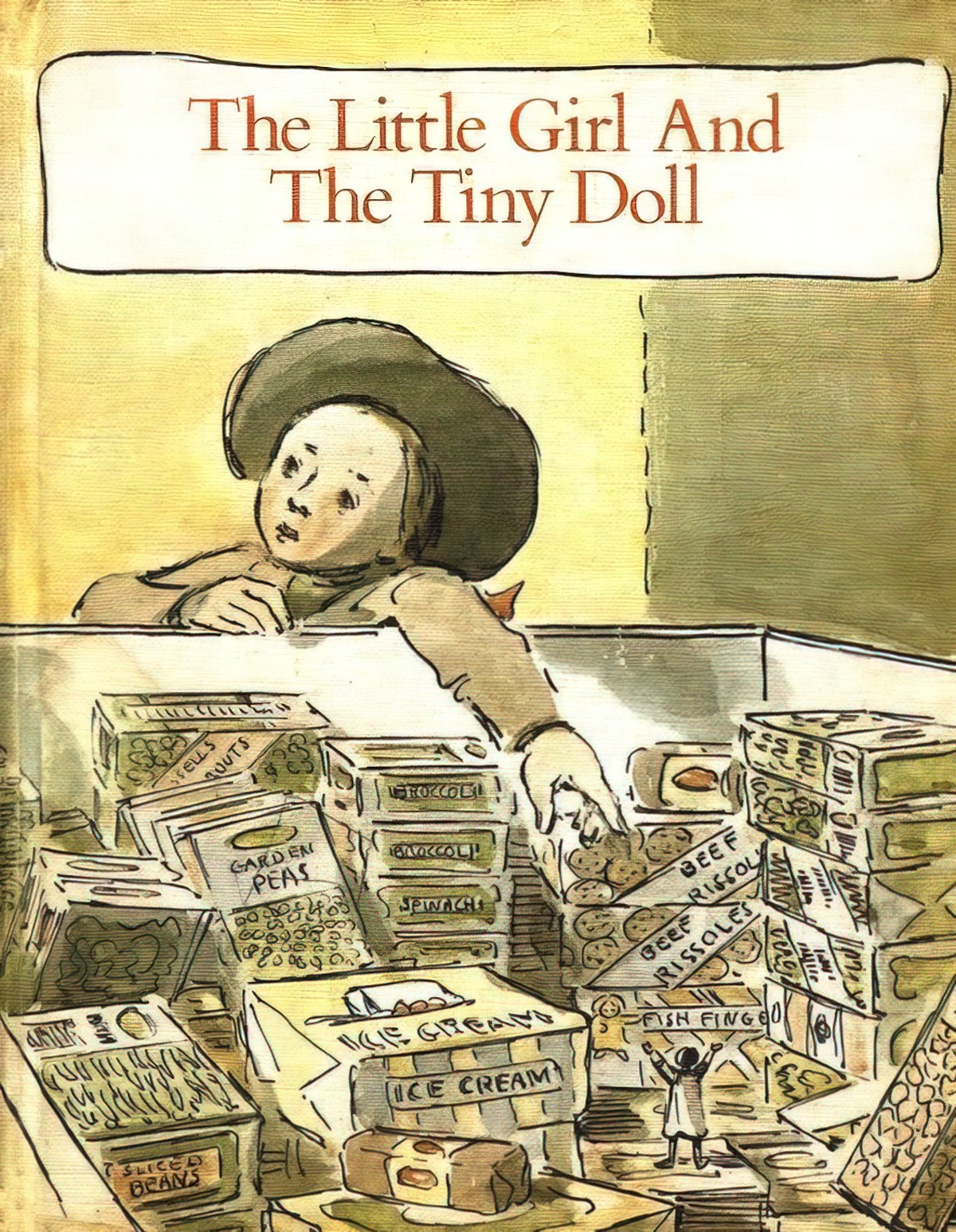
All about that: here.
Doll Bones is a great example of a story which utilises miniatures: The children play on a driveway in an American suburban house, but imagine they are playing in a much more vast environment. The asphalt is ‘The Blackest Sea’. The children are themselves dolls compared to the vastness of the world, creating a mise en abyme effect.
The three child characters of Doll Bones by Holly Black are introduced in the first chapter in a scene where they are playing together. Zach is subtly the main character. The world is filtered through his eyes. Ingeniously, the children are described via the roles they play with dolls.
DOLLS AND HOLIDAY TRADITIONS
Saint Nicolaas’ feast in the Netherlands includes a tradition of sending love dolls, or ‘vrijers’ anonymously to your sweetheart (to be) through Sinterklaas. (A Christmas/Valentines Day combo.)
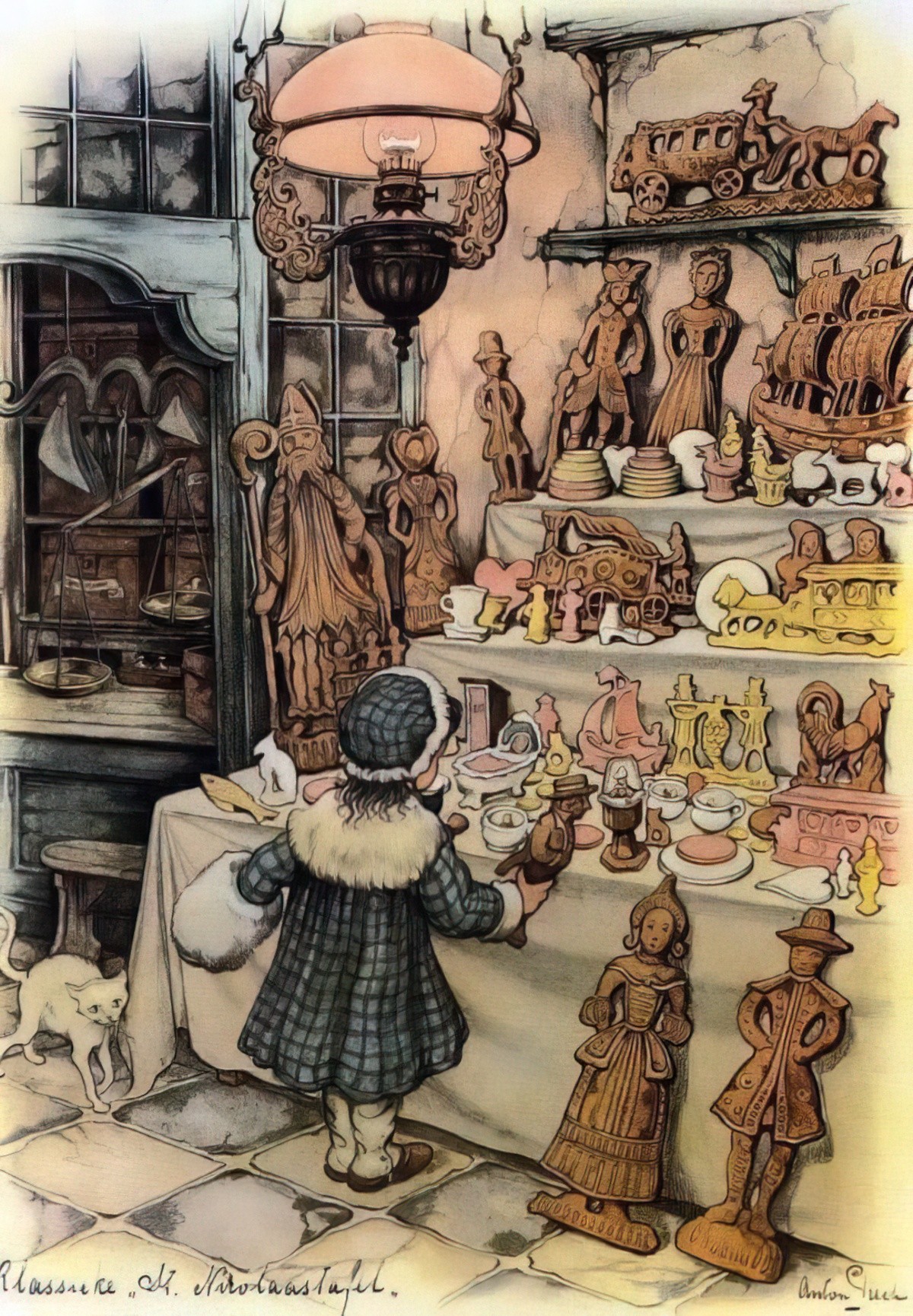
PAPER DOLLS
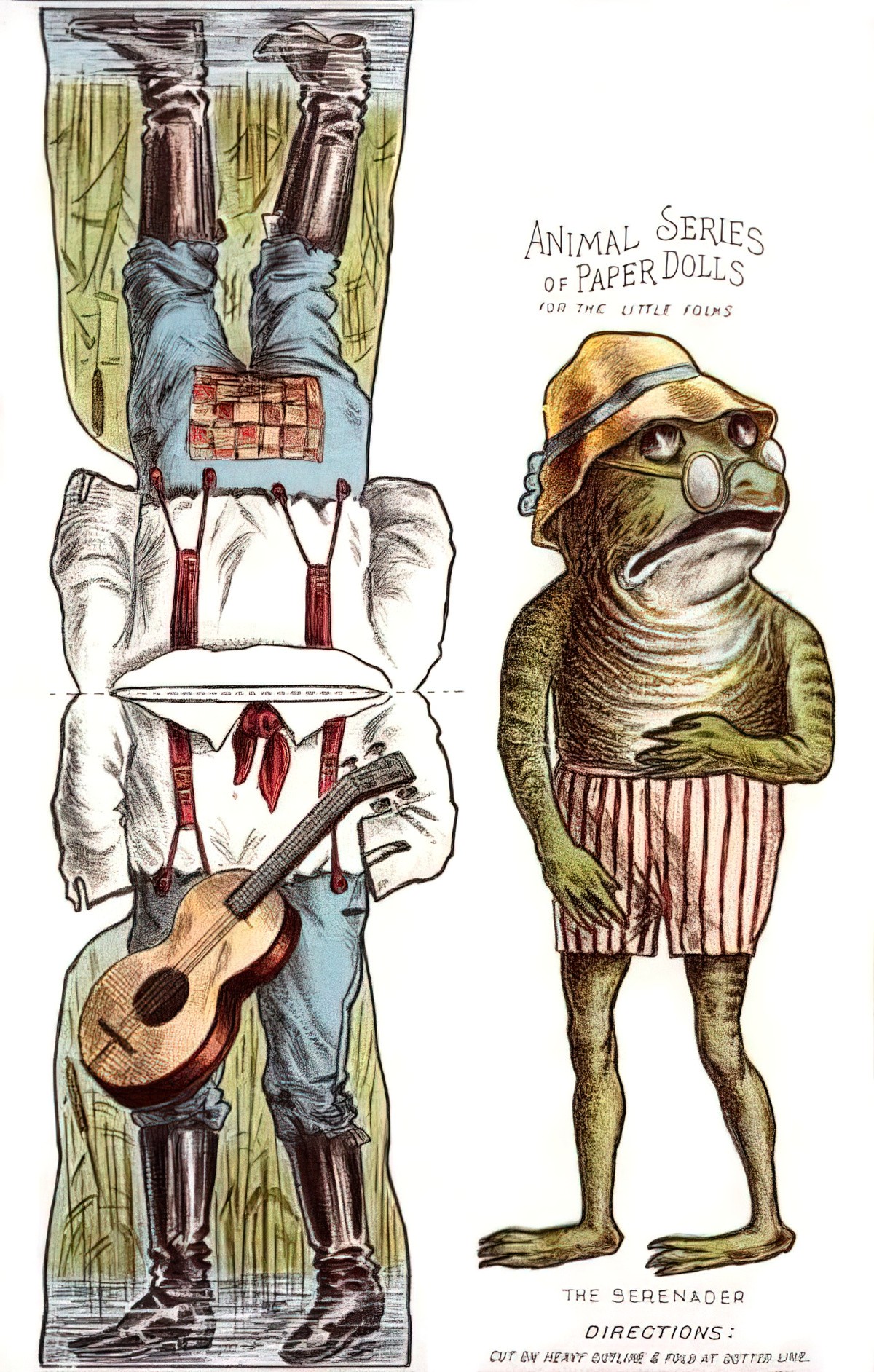
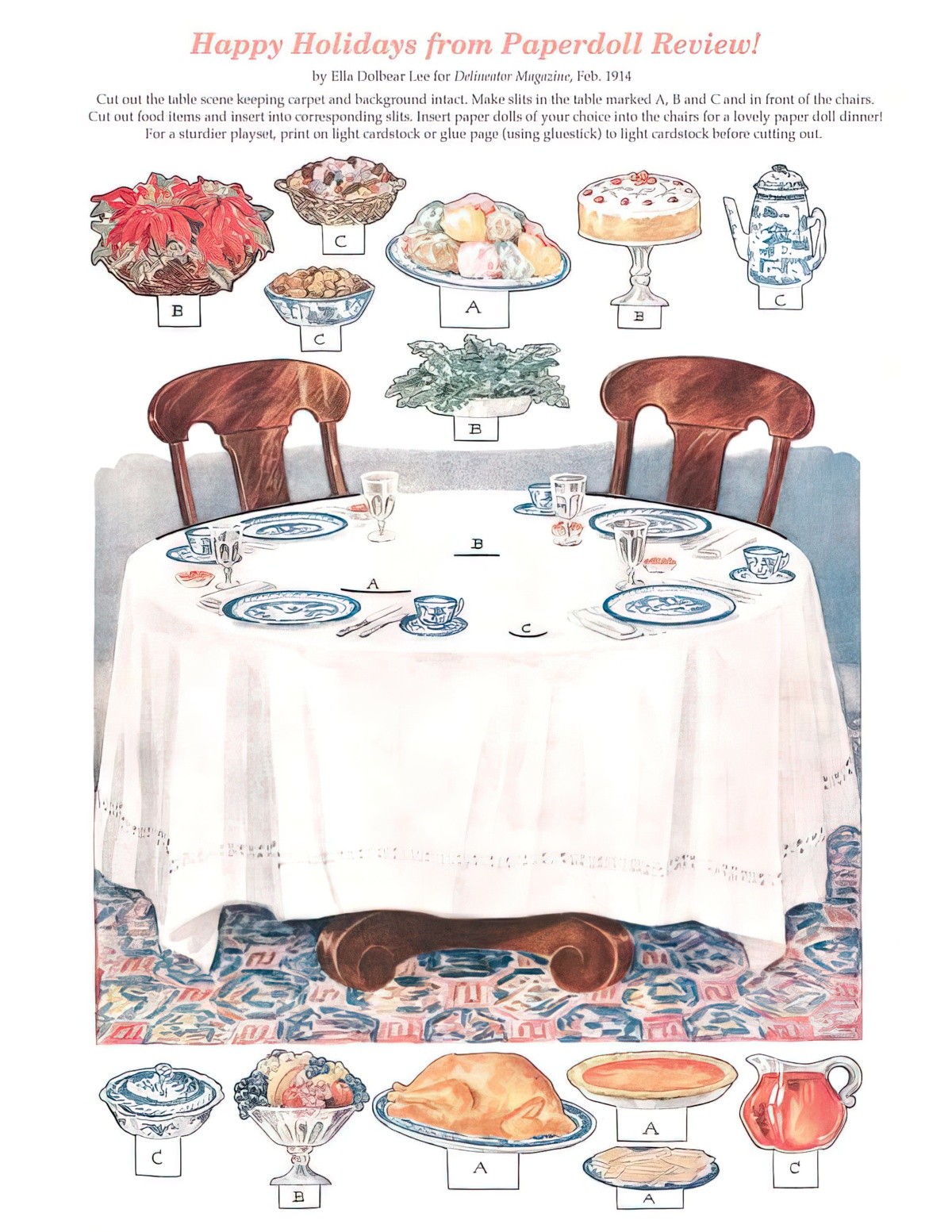
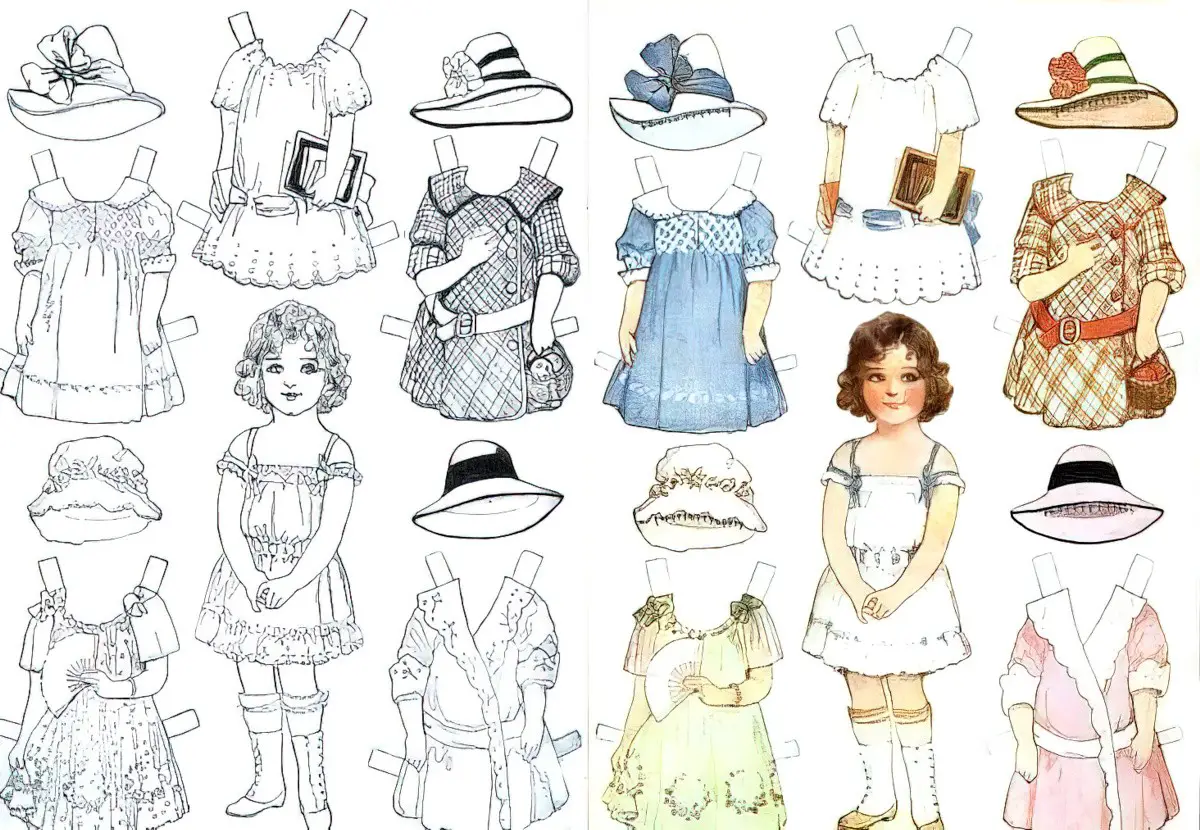
The 12 Magic Changelings is a set of paper dolls from 1907… with a twist.
OTHER RANDOM LINKS ABOUT DOLLS
1. Artist repaints dolls to make them look like celebrities, from Lost At E Minor. See, dolls do have their uses.
2. Woman Is Addicted to Smelling Scary-Ass, Disembodied Doll Head, from Jezebel, because sometimes addictions are like sexual fetishes — completely and utterly inexplicable.
3. Over Half Of Mommyish Readers Would Buy A Presidential Barbie. (I’m not one of them.) Are we missing the point entirely by dressing Barbies up in presidential garb?
4. Arty Photos of people posing as Barbie and Ken, by Dina Goldstein
5. On the subject of toys and photography, 10 Best Flickr Groups Featuring Toys, from Inspired Mag
6. The Gender Politics Of The Dollhouse from The Society Pages
7. I Am Not A Doll! — from a six year old girl, described by her mother at Bosom Buddies Tackle Parenting
8. Creepy Alert! These 25 ‘Twisted Bean Stalk Nursery’ Dolls Will Haunt Your Dreams, from Babble
9. Eerie Photos Of A Subculture Devoted To Lifelike Baby Dolls from Co.Design
10. Black Is Beautiful: Why Black Dolls Matter from UTune
11. This Creepy Real-Life Barbie Infographic Makes The Doll Ideal Very Unappealing from Frisky
12. Here is a 3D printed doll, cloned from a real human’s head, that you can never unsee from Messy Nessy
13. Let’s Talk About American Girl Dolls from Thought Catalog
14. Lifelike baby dolls and the people who love them from Kottke
15. Sexy Halloween Costumes Are Just Like Doll Costumes, points out Rebecca Haines
Fans of architecture and the occult will want to mark the creepily abandoned doll village in the woods of Middlebury, Connecticut on their Google Maps. The demonic voices that commanded their architect to build them (then kill himself once he was done) are reportedly still living inside of them. Locals say that you can hear them at night, but as long as you don’t have a background in construction, you should be fine.
The Most Disturbing Urban Legend From Every State In America
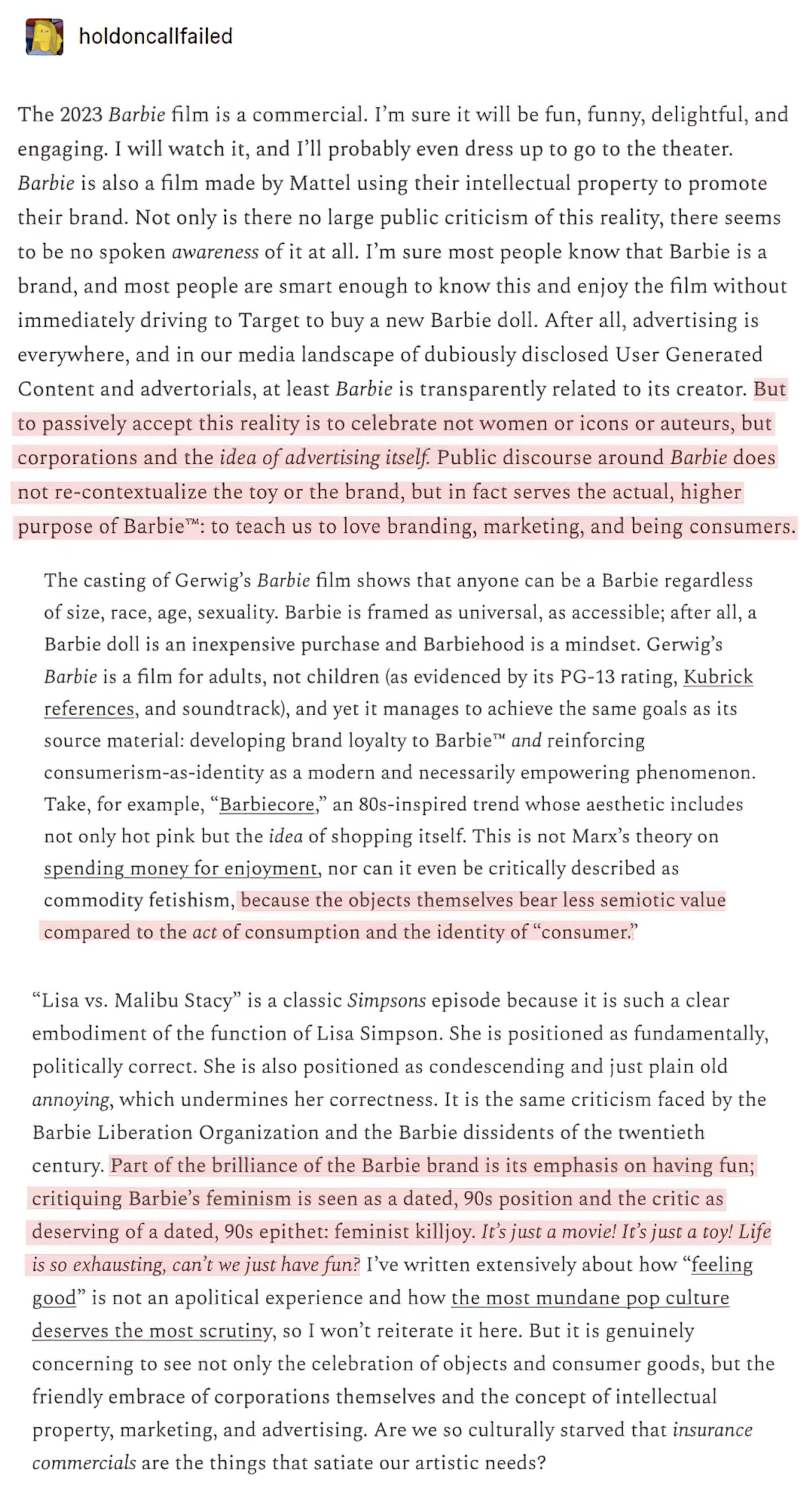
Header painting: Charles Haigh Wood – Storytime 1893
